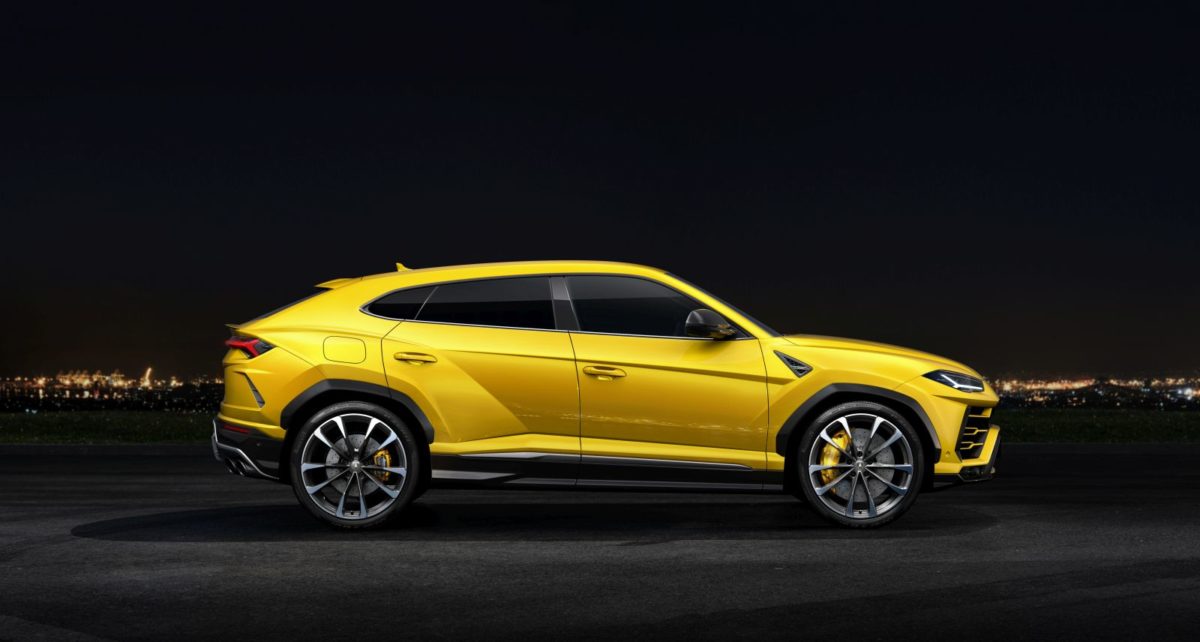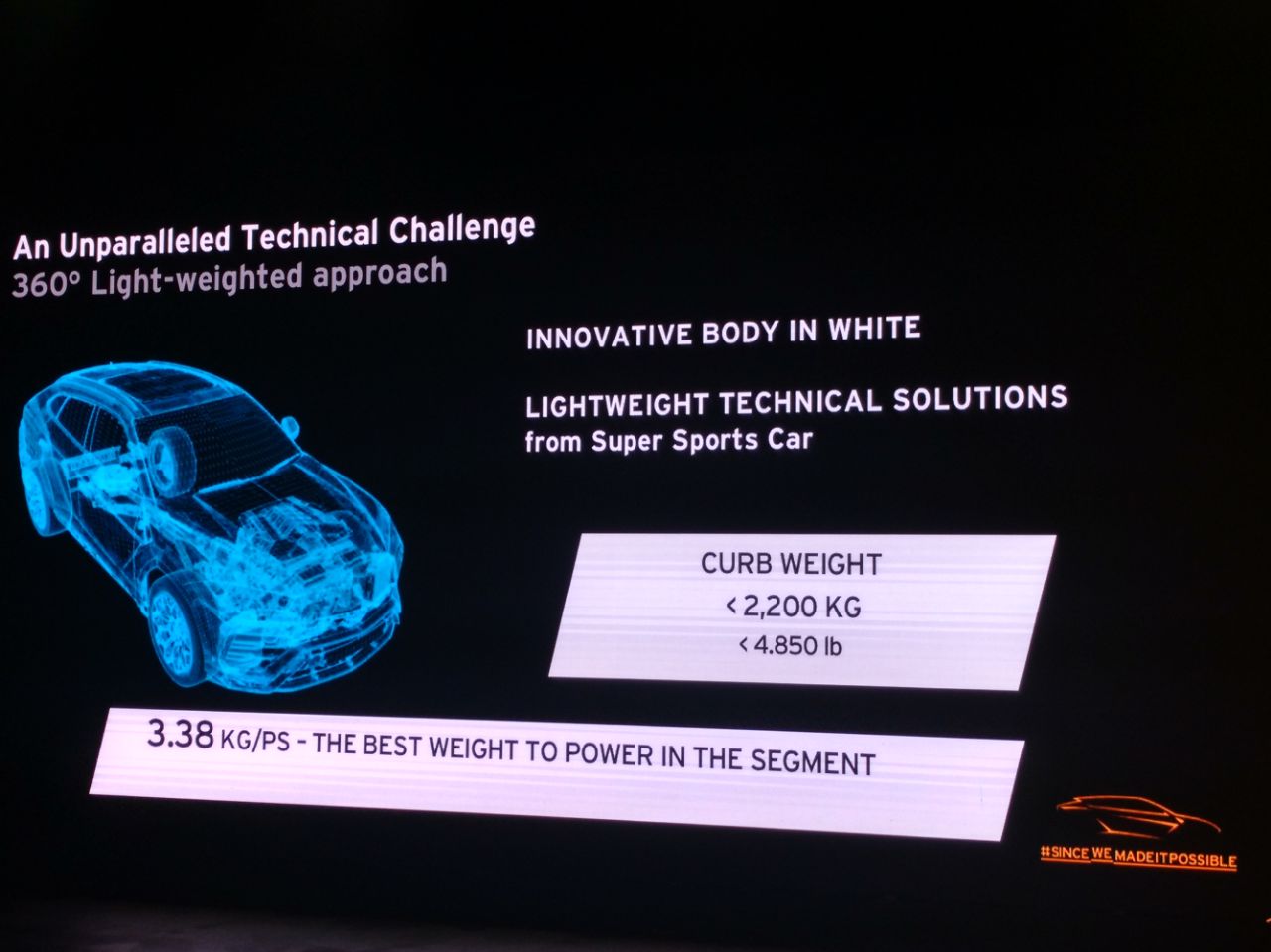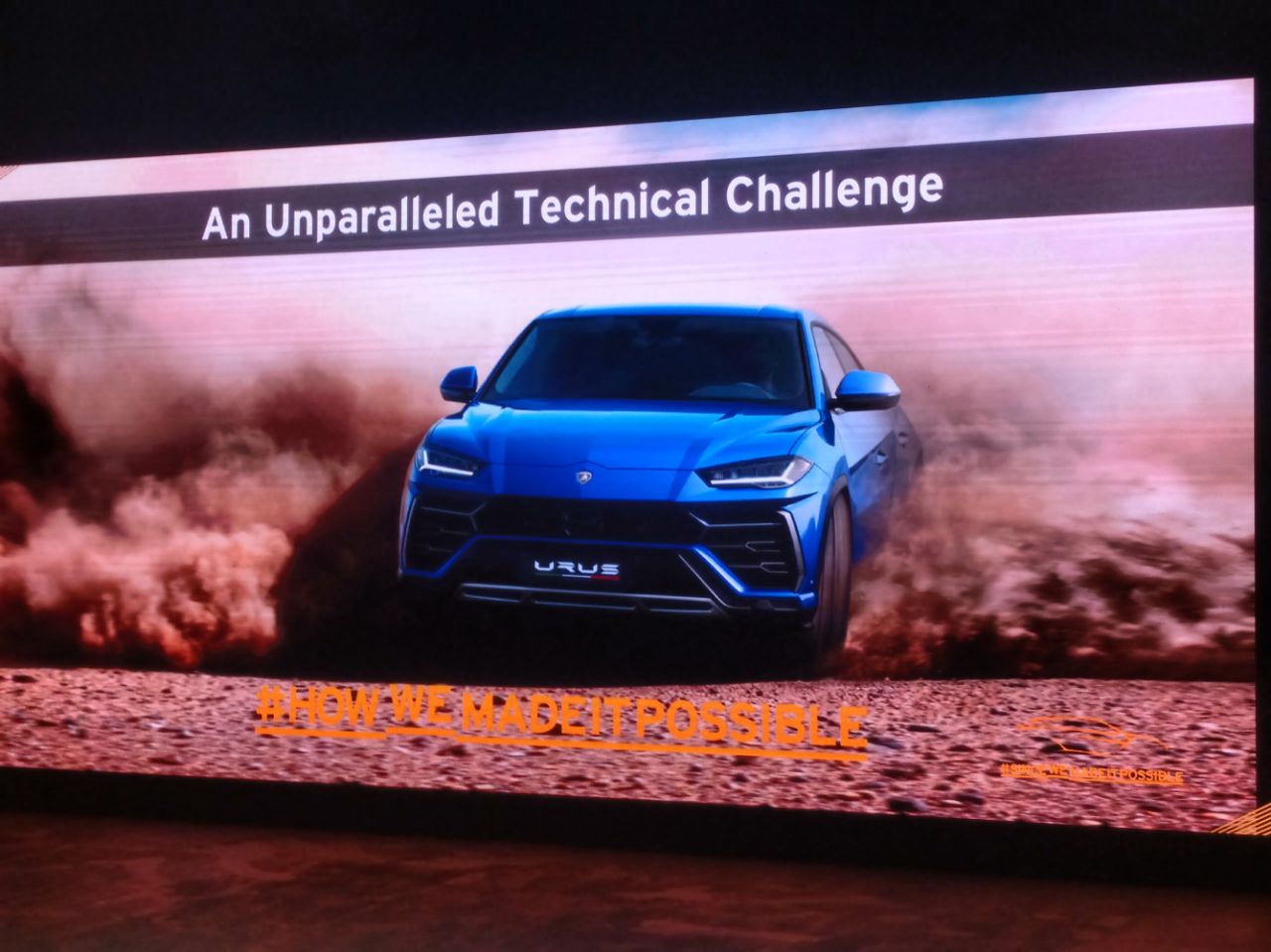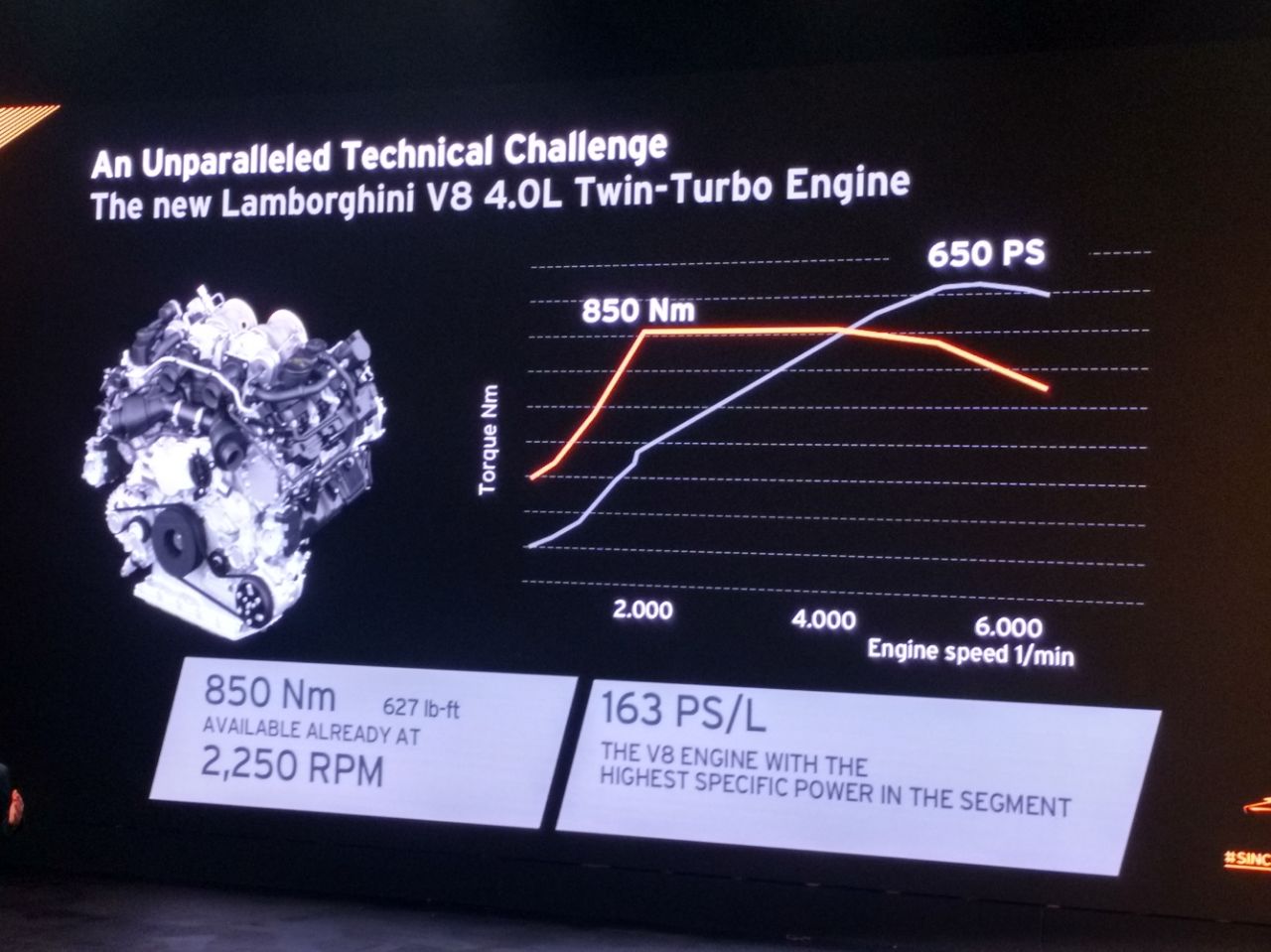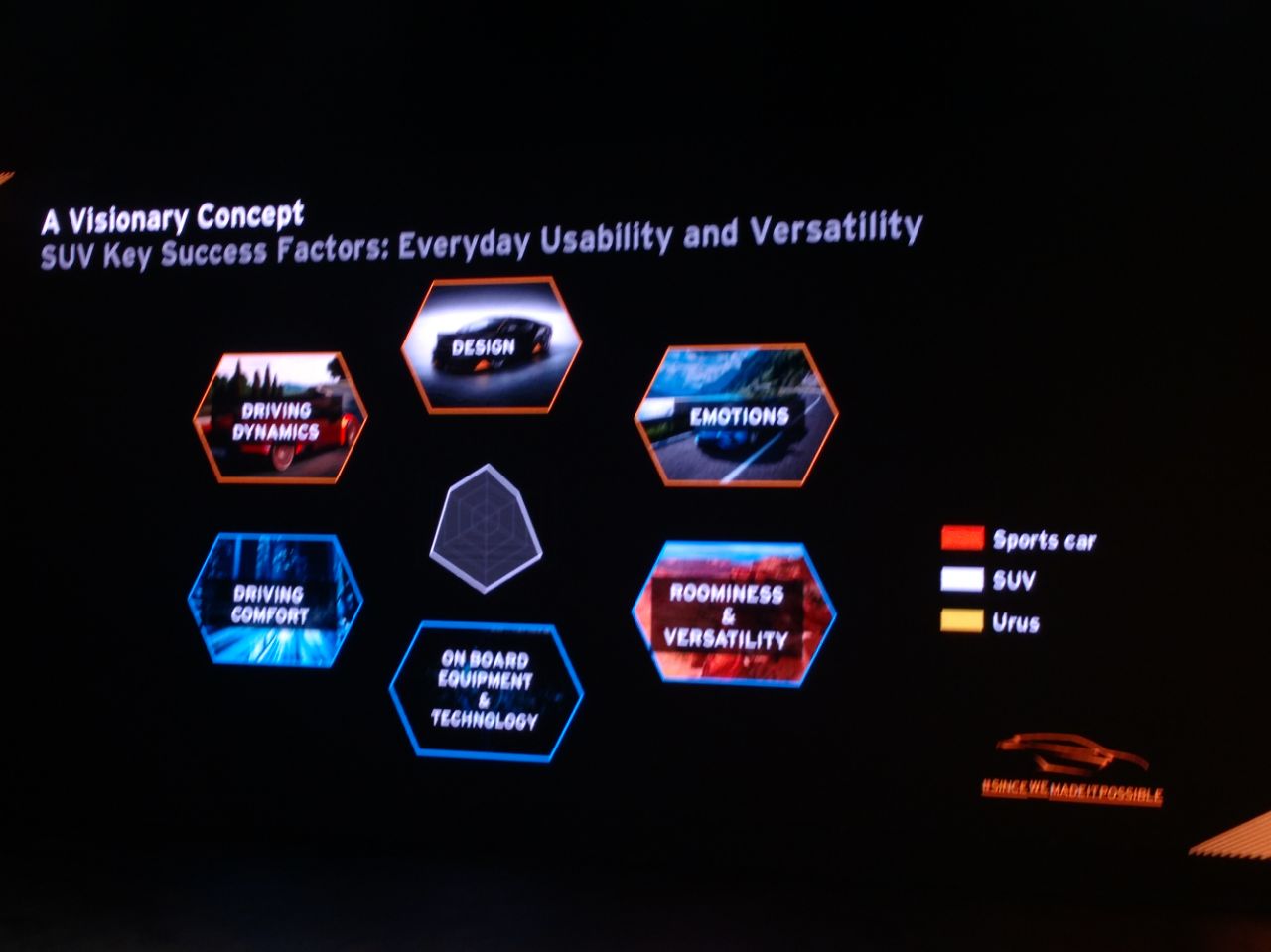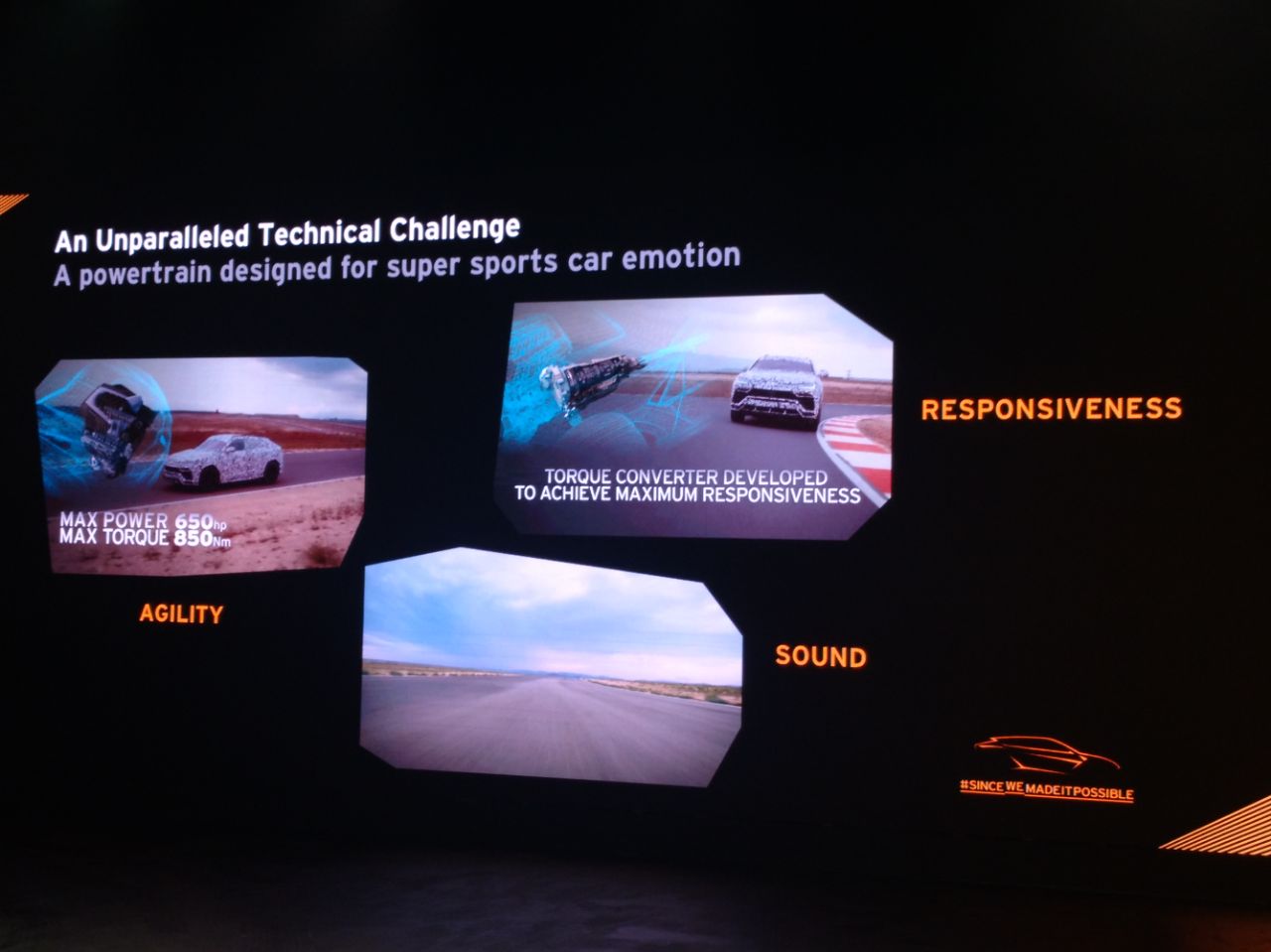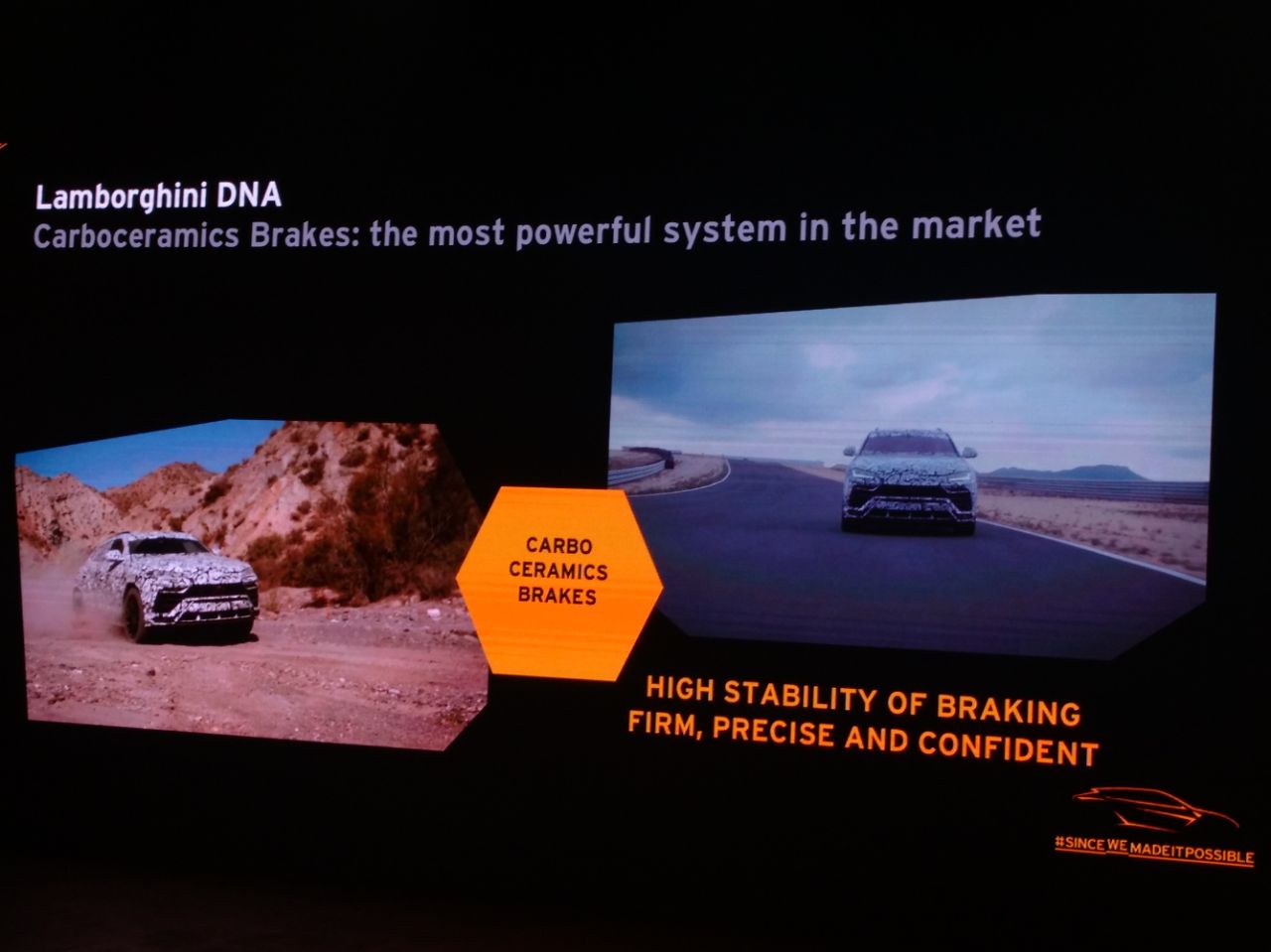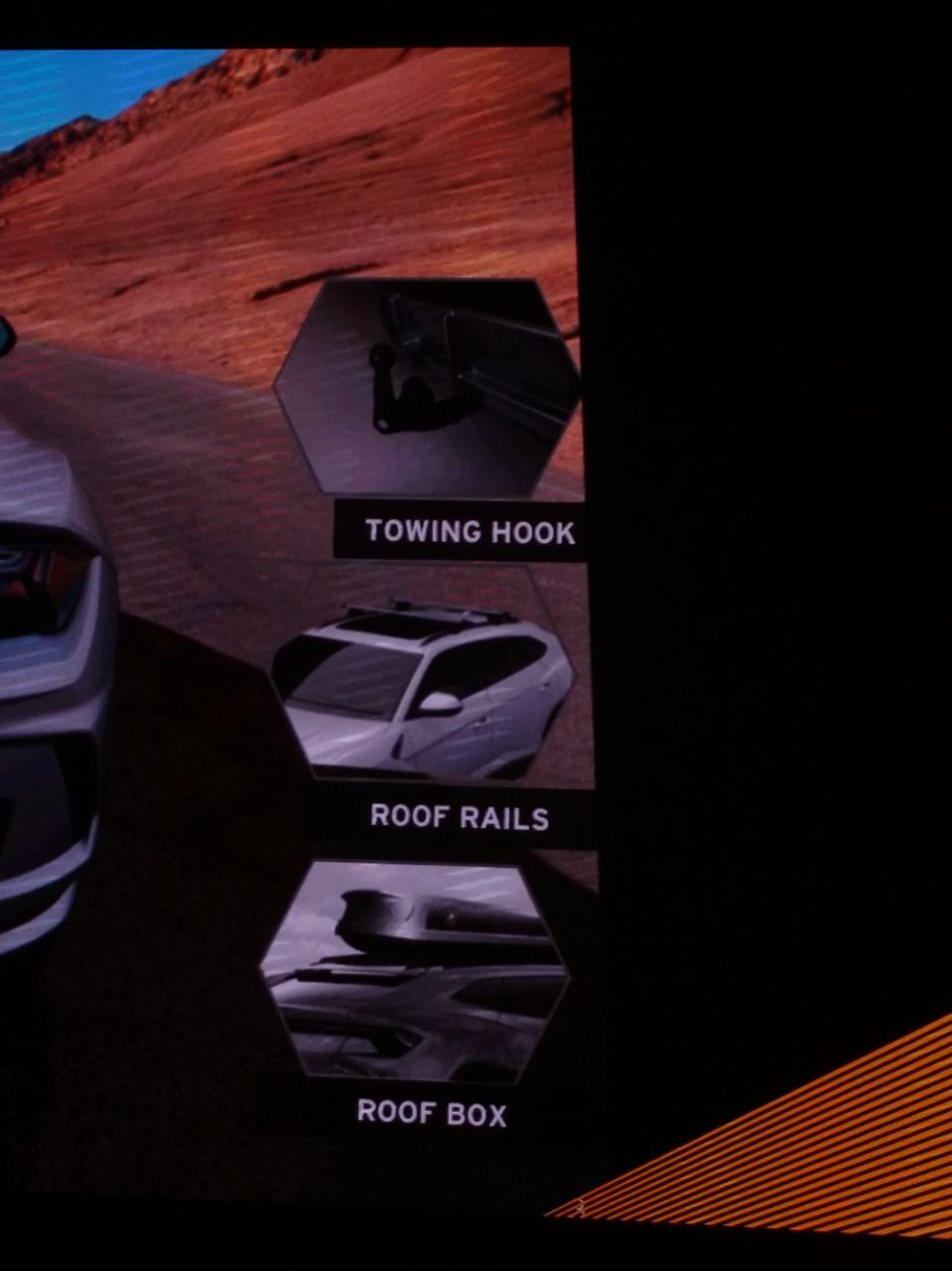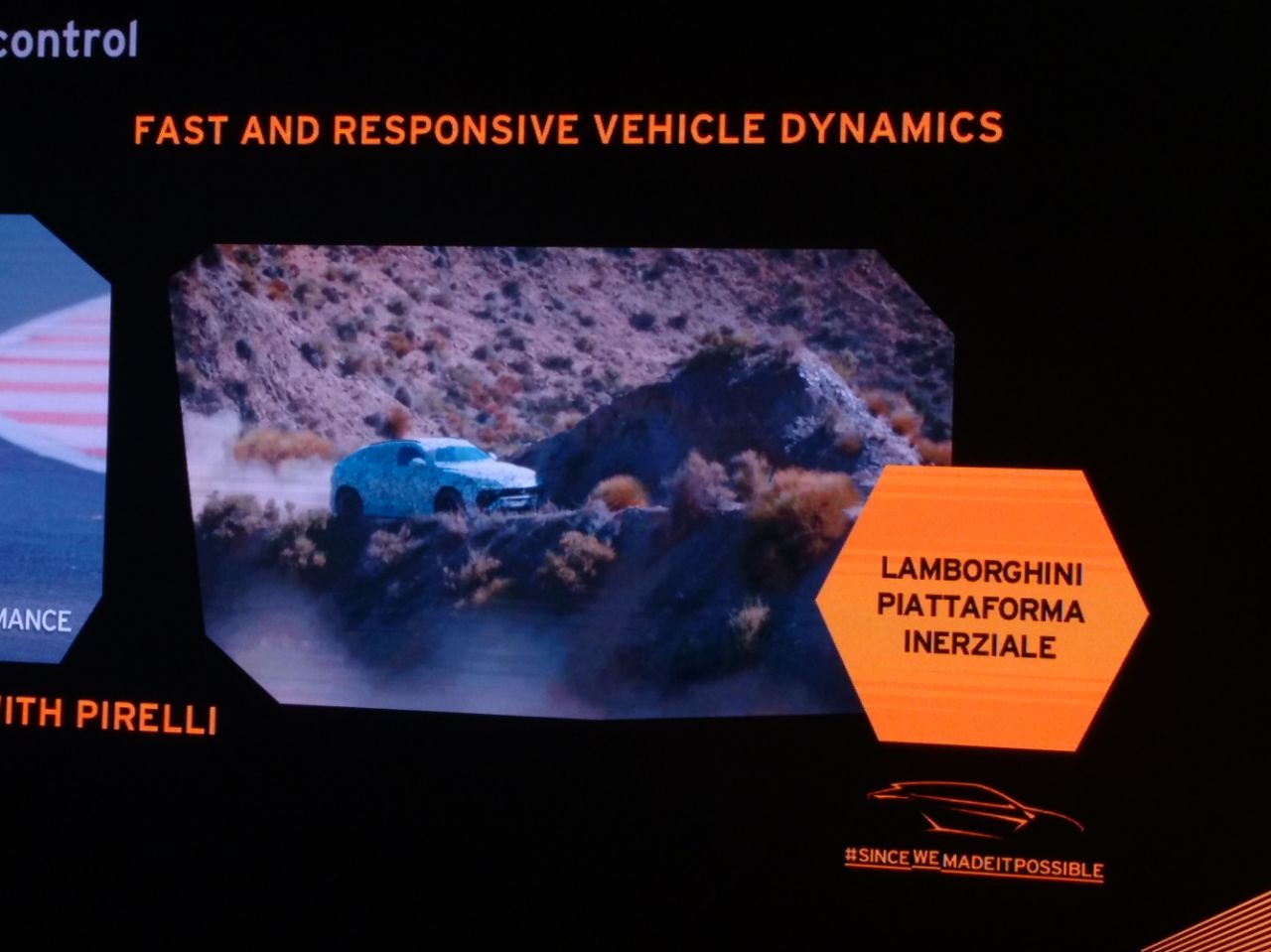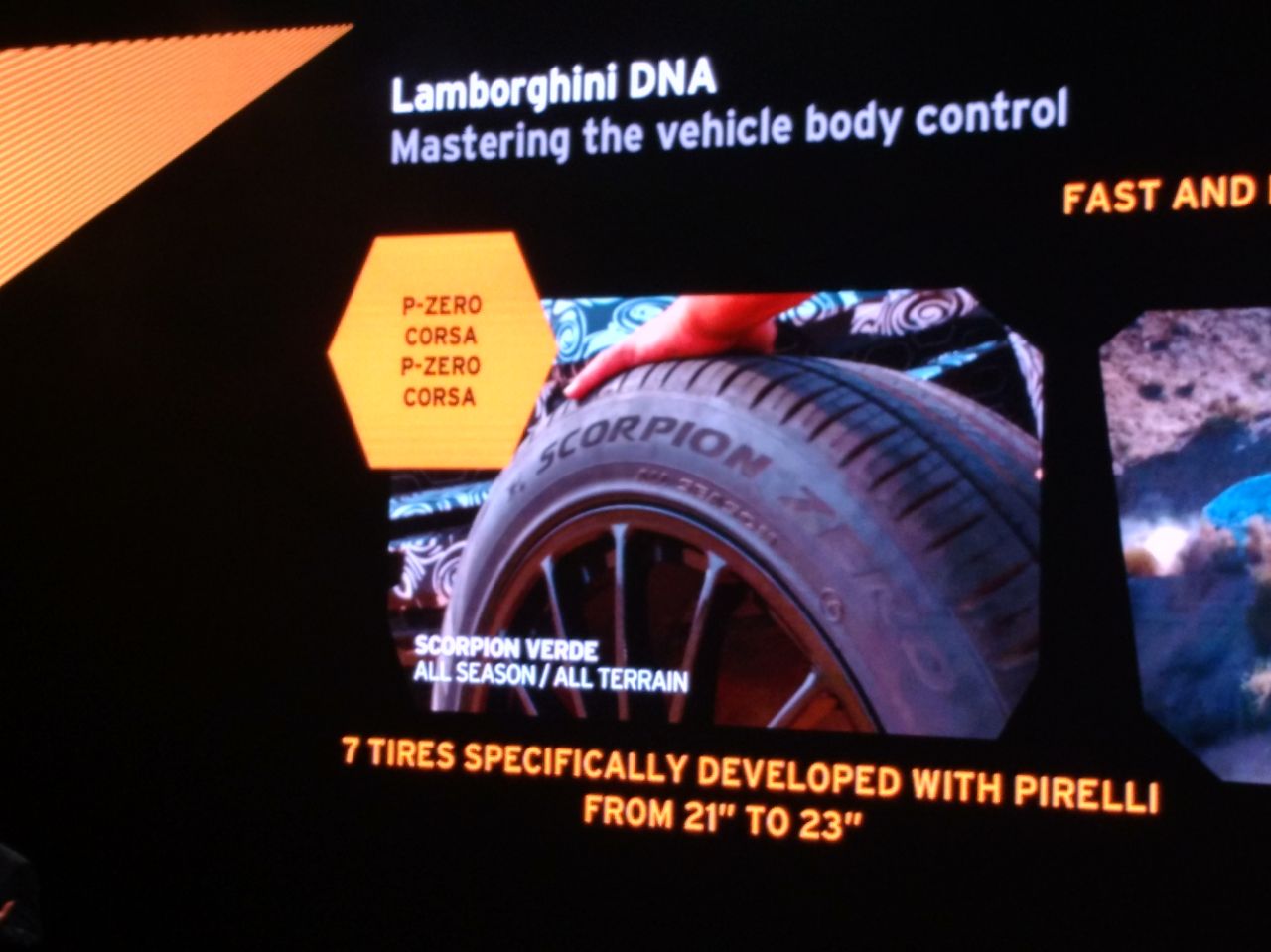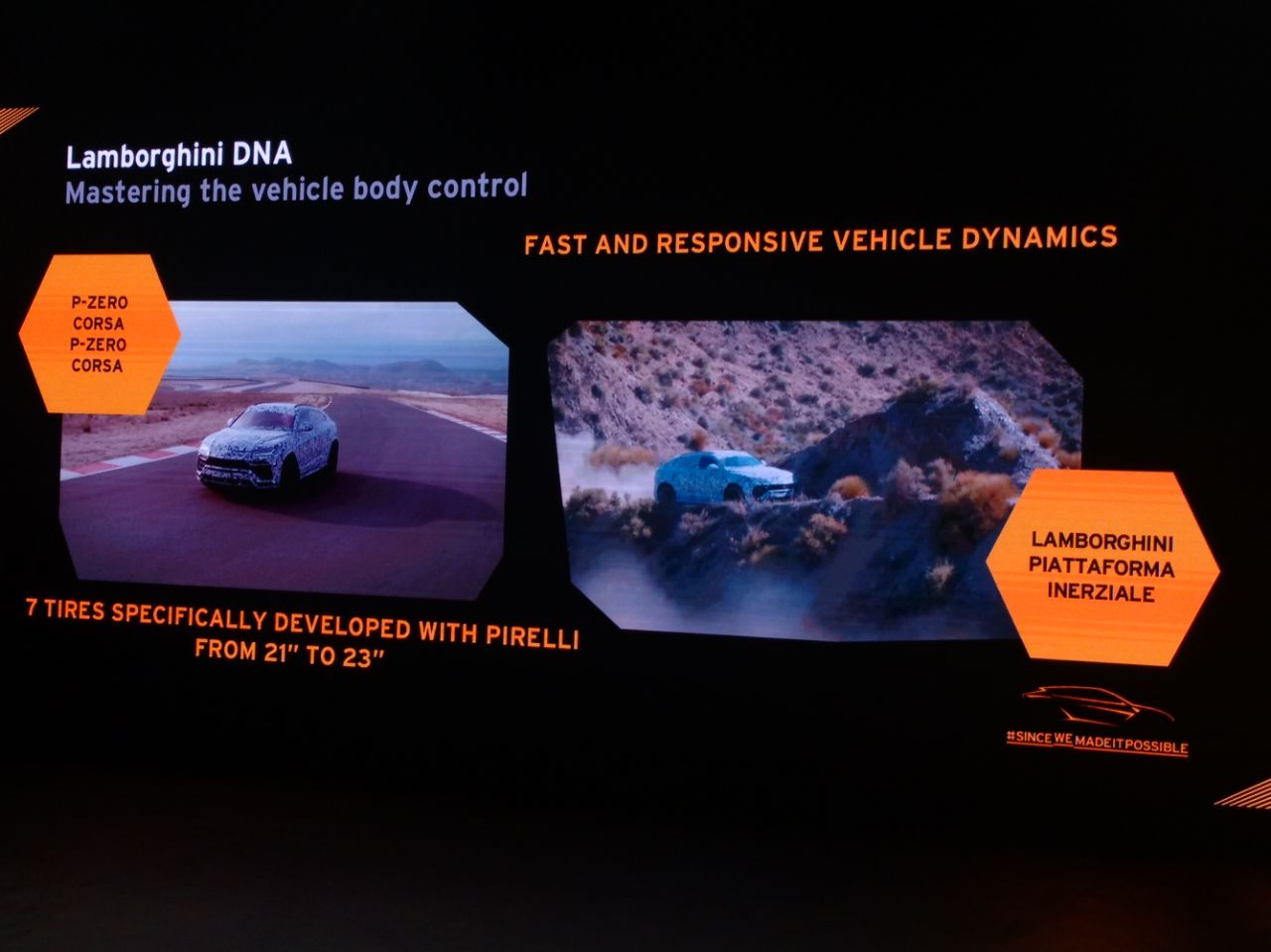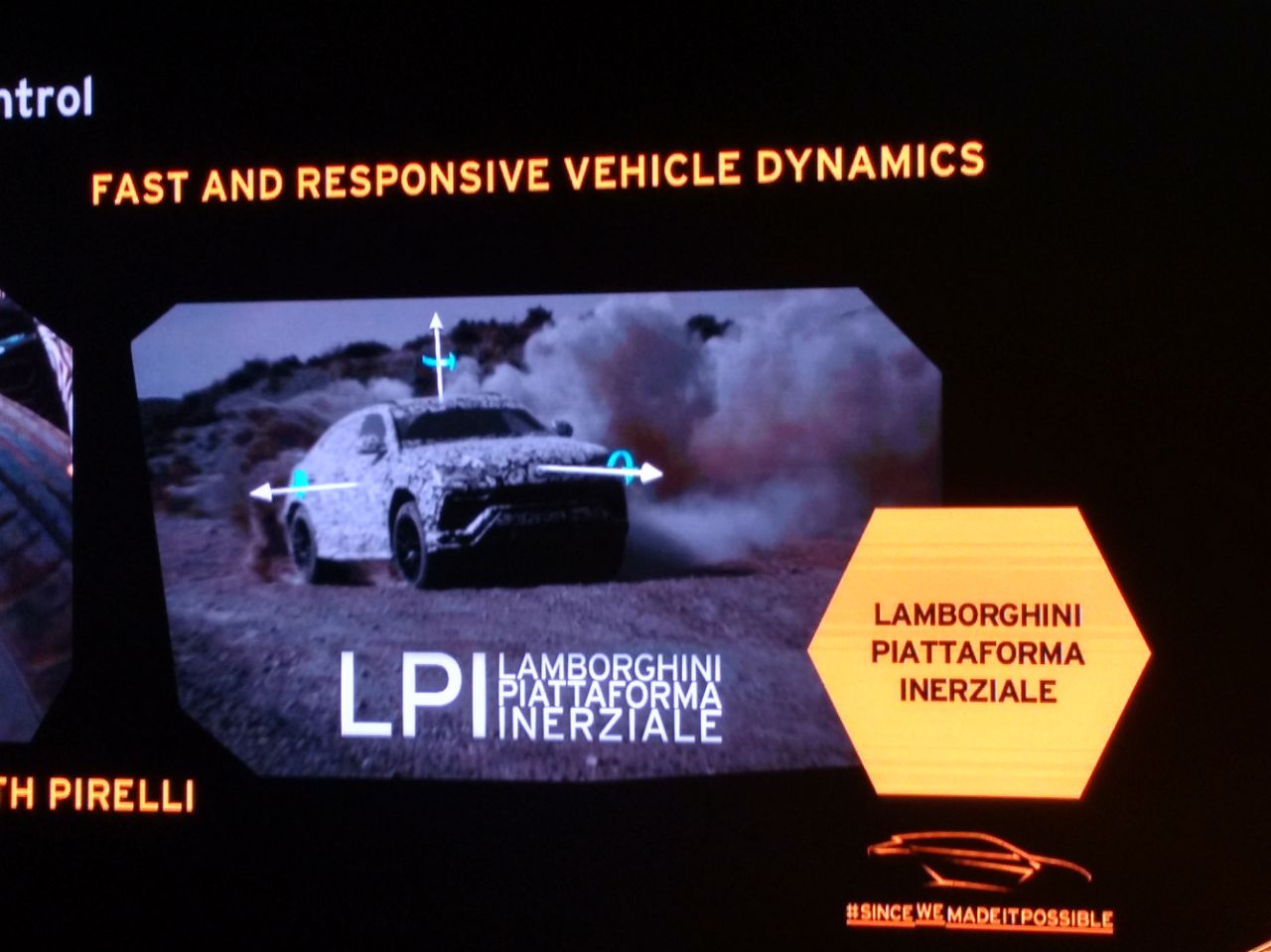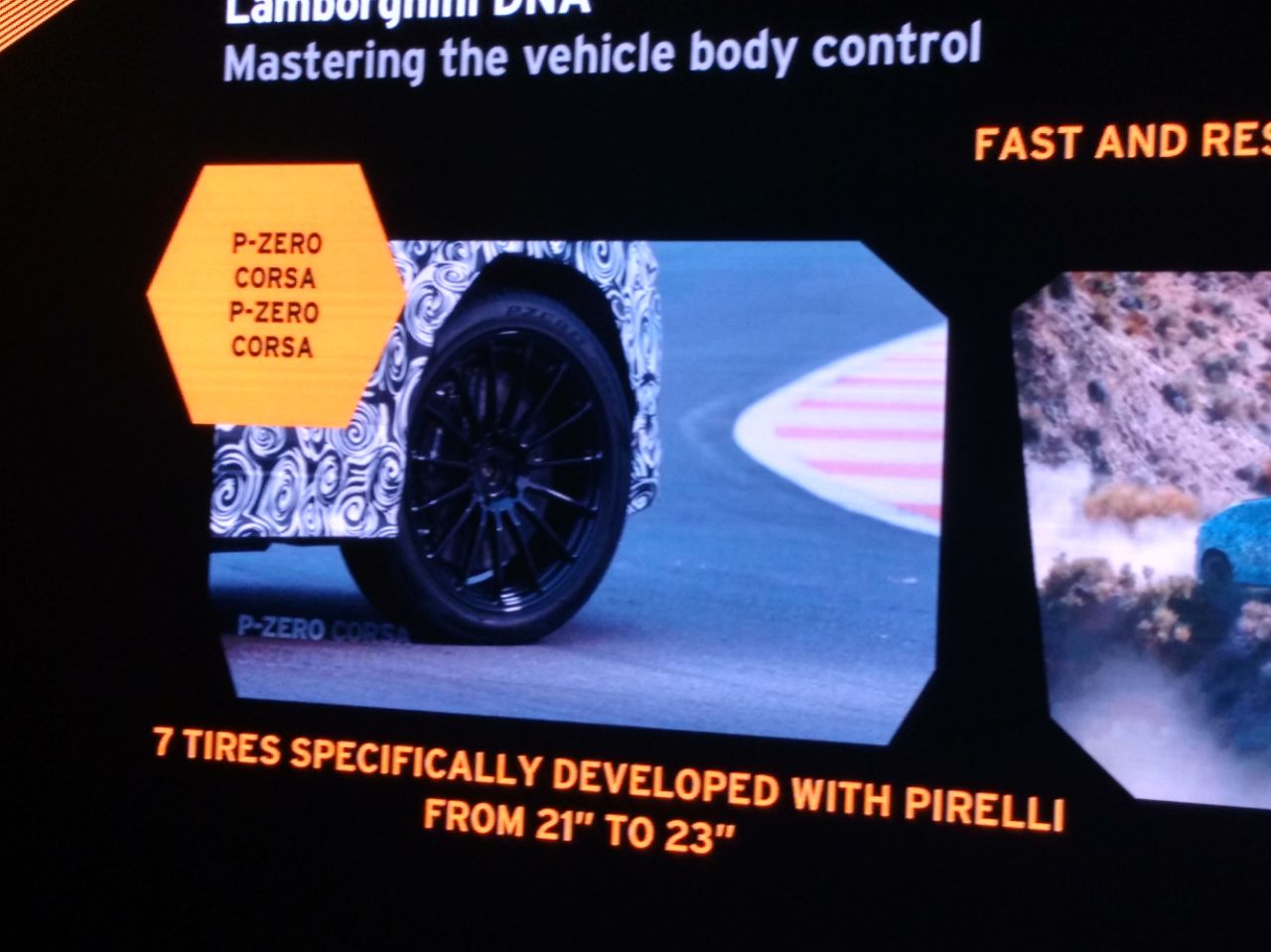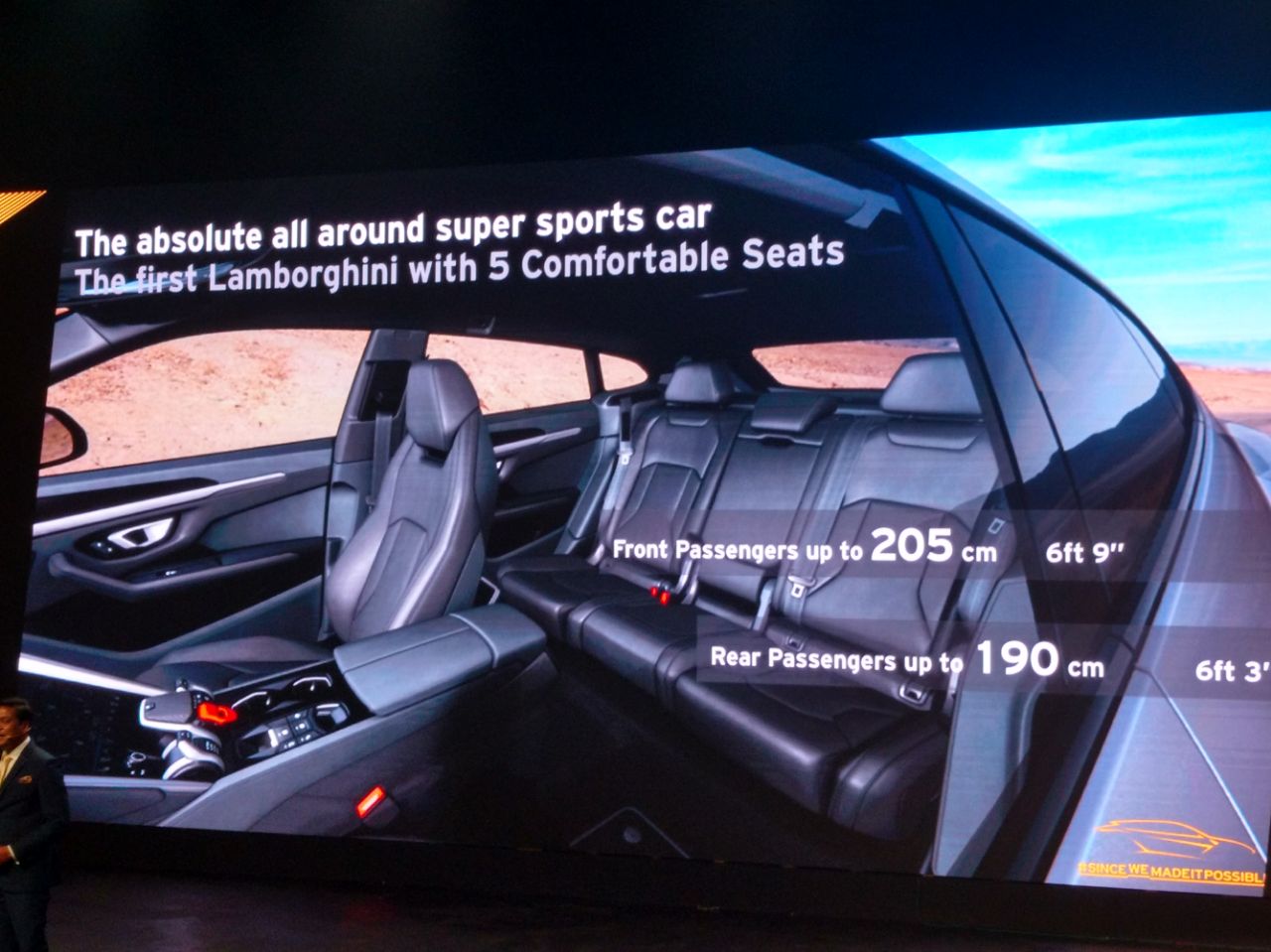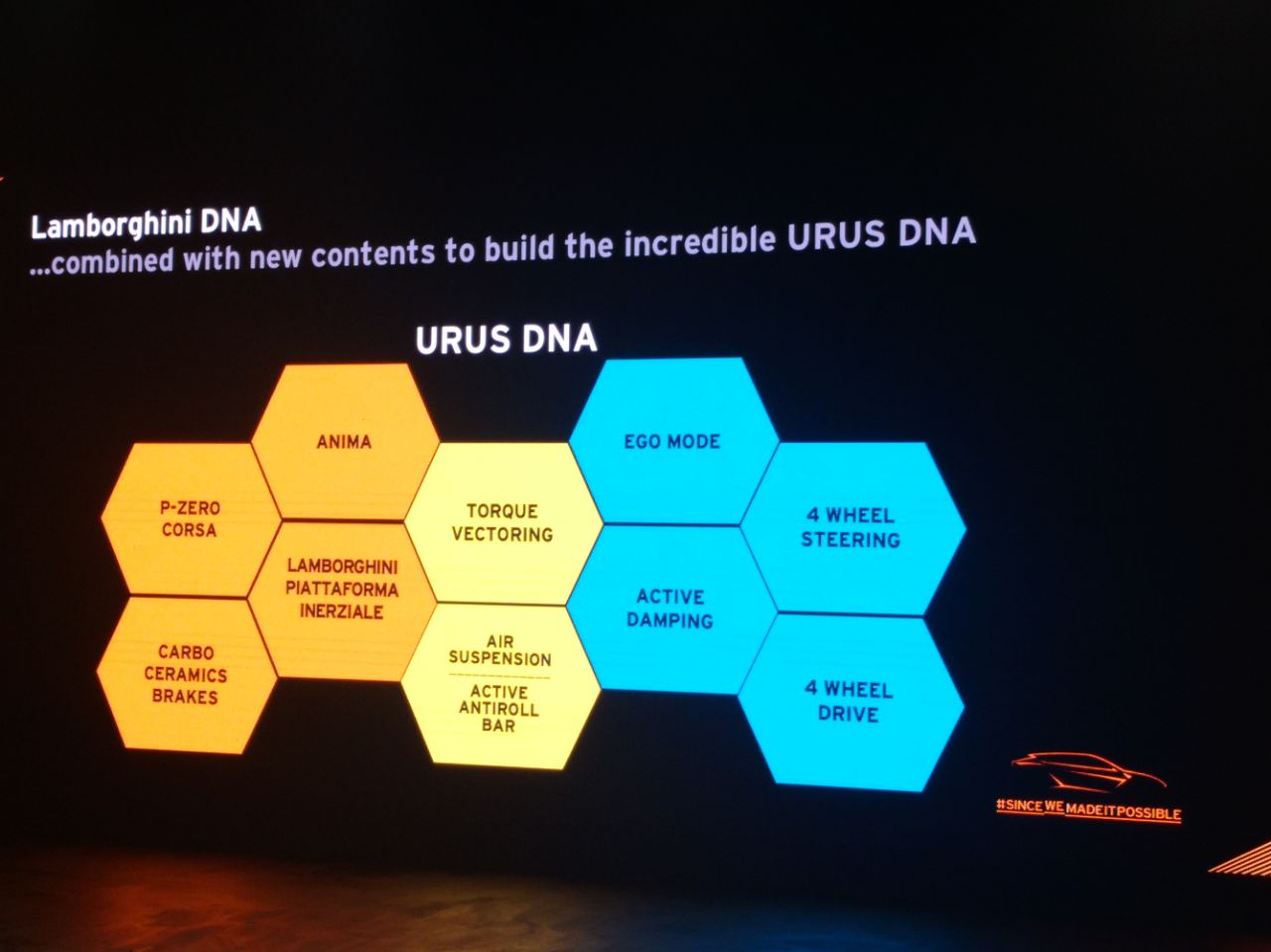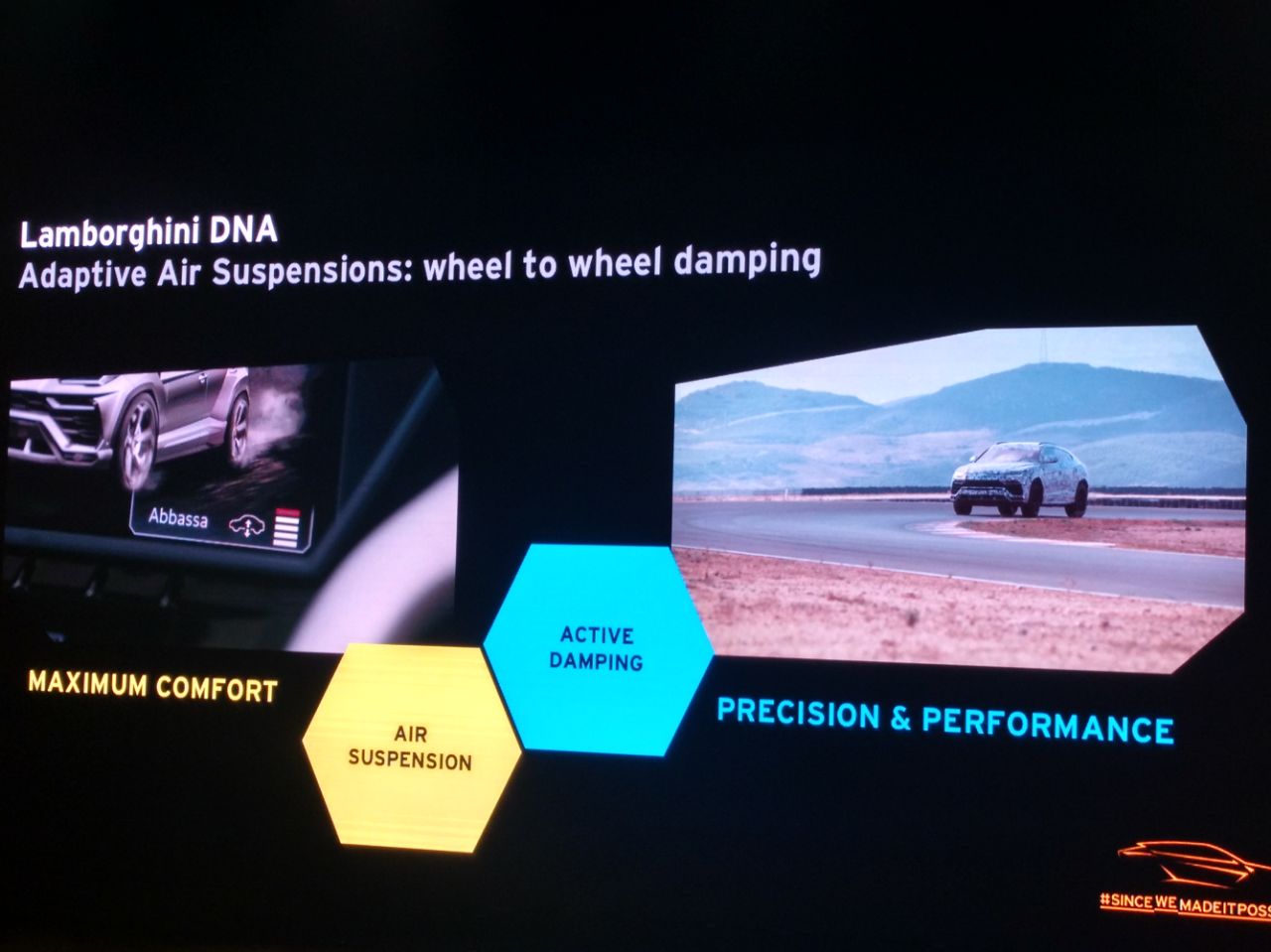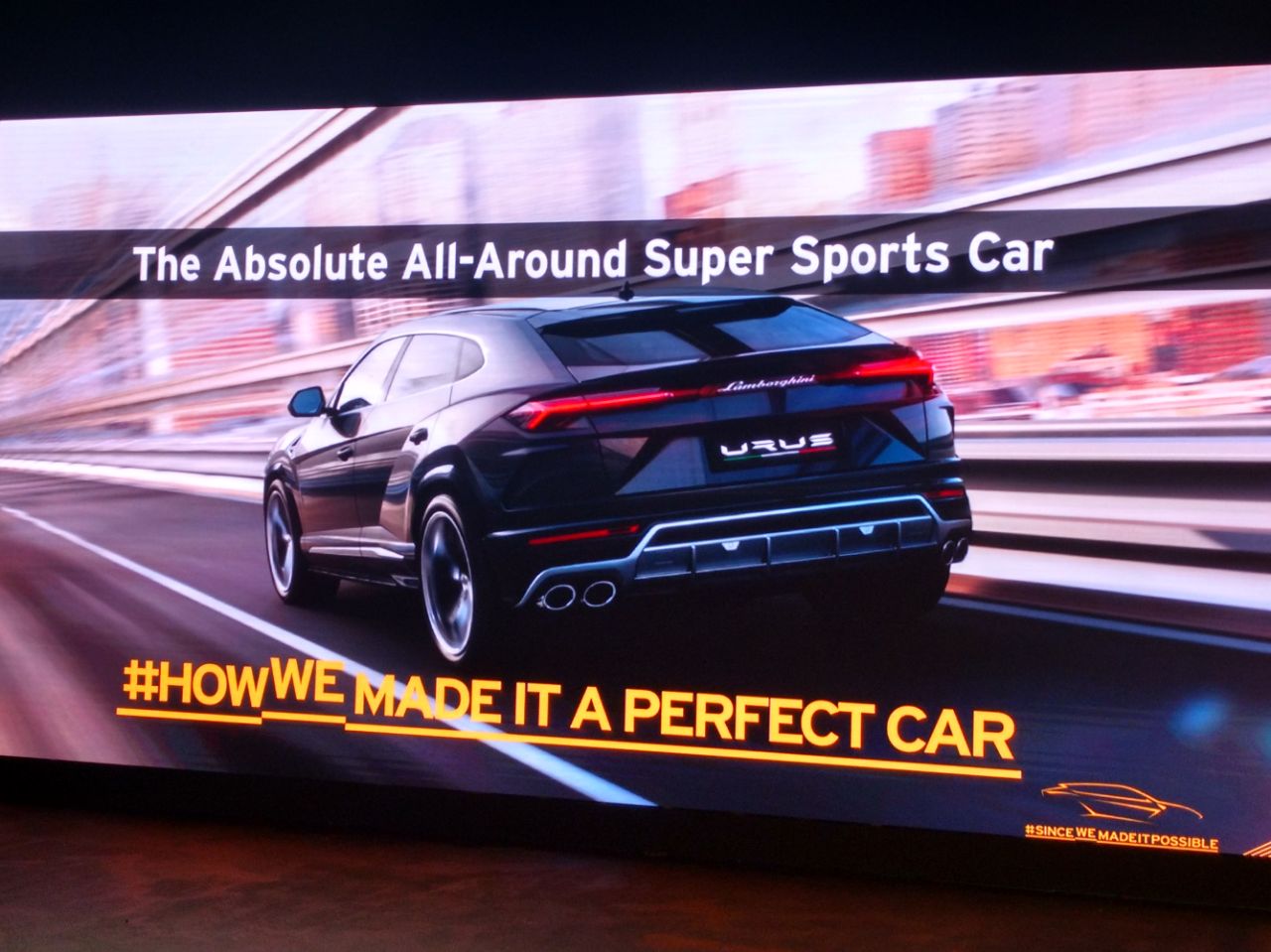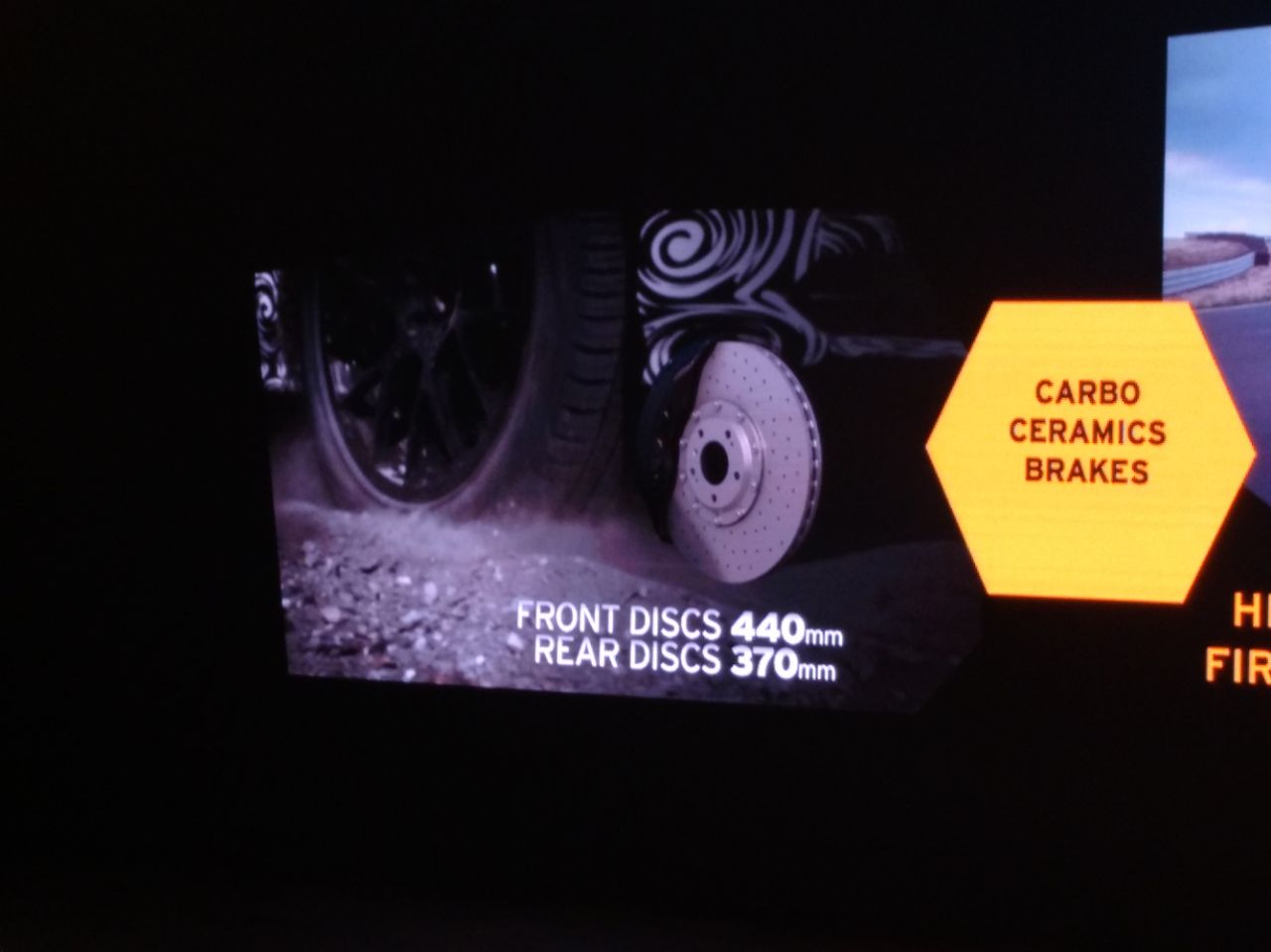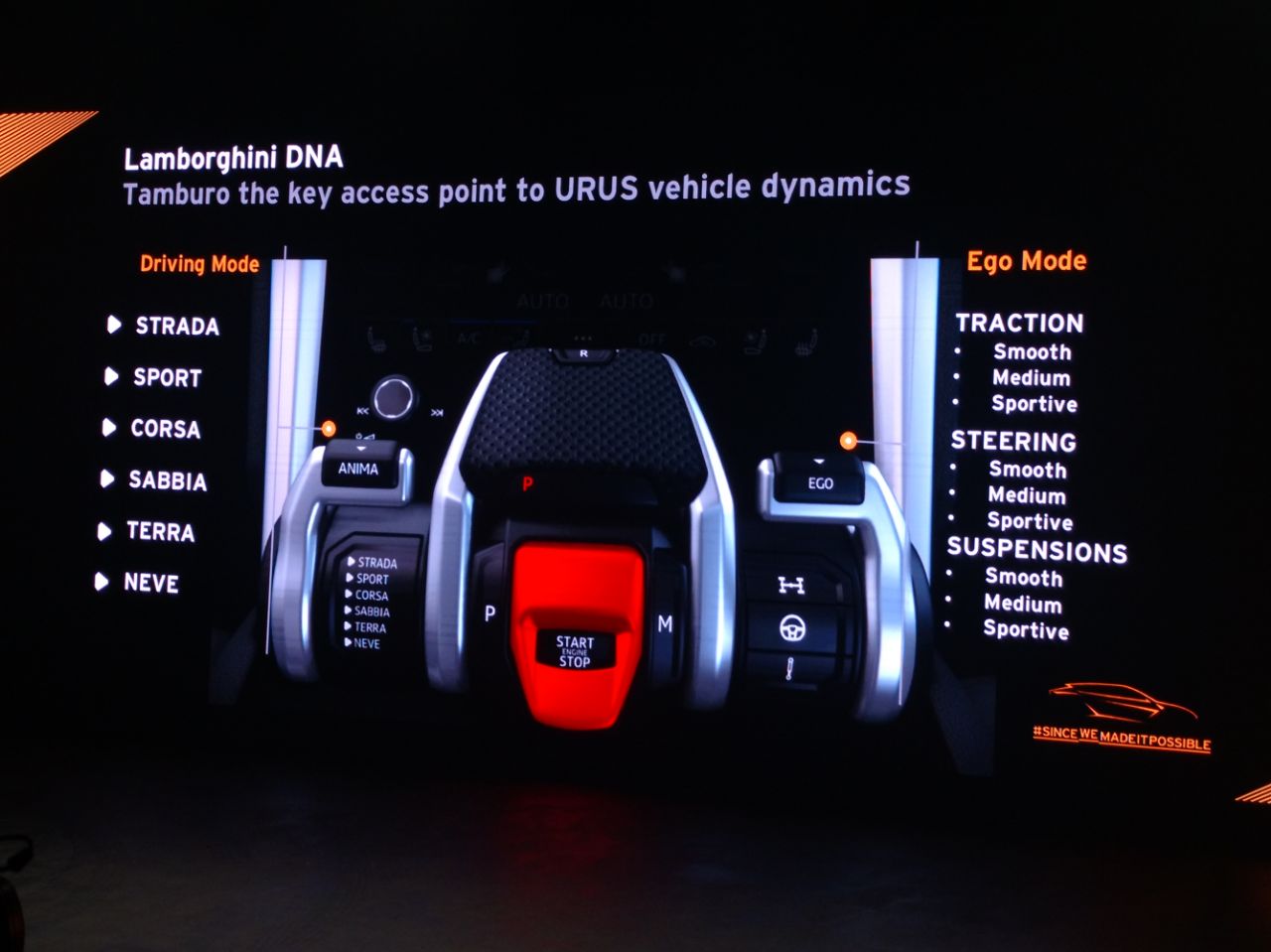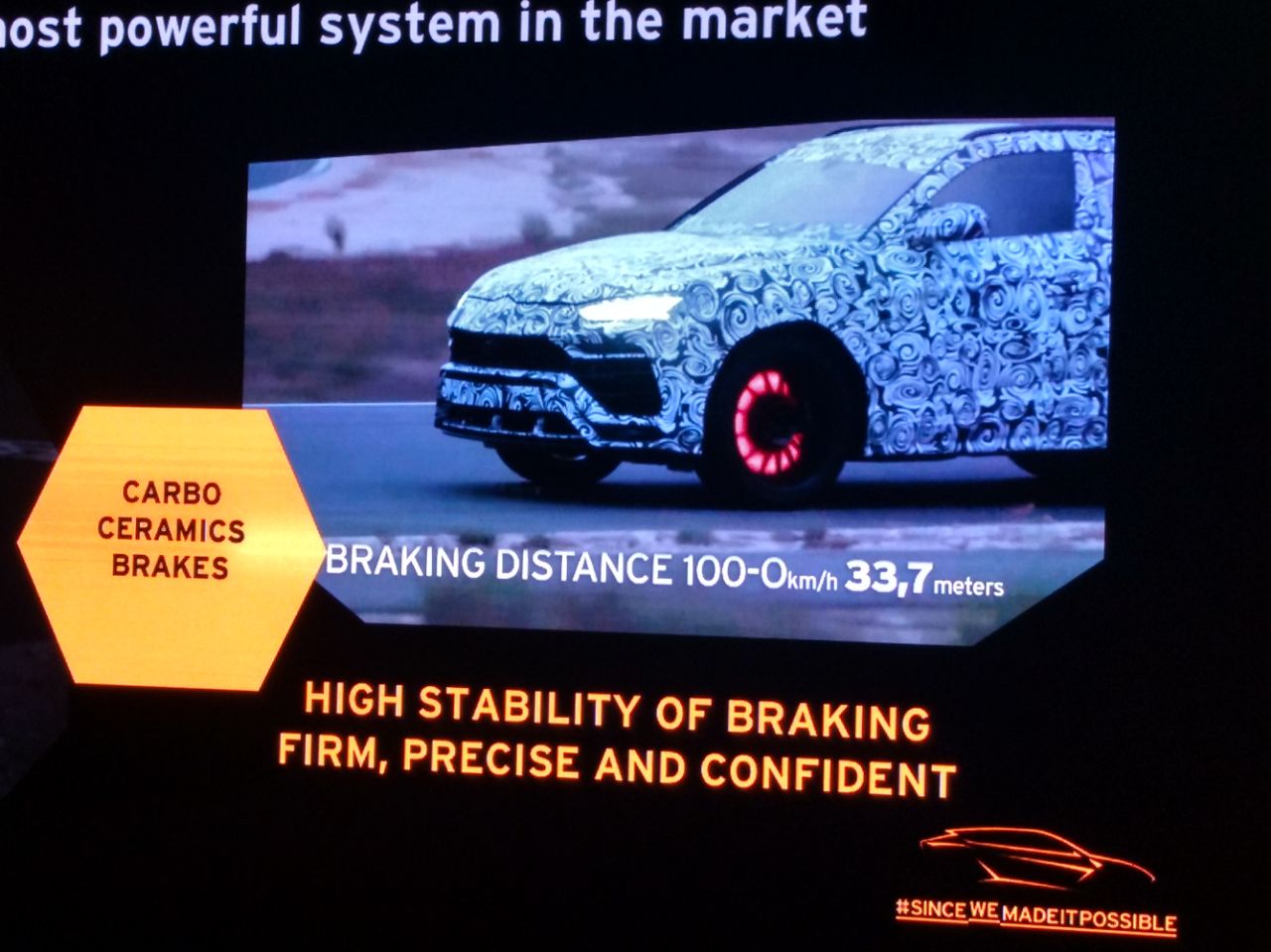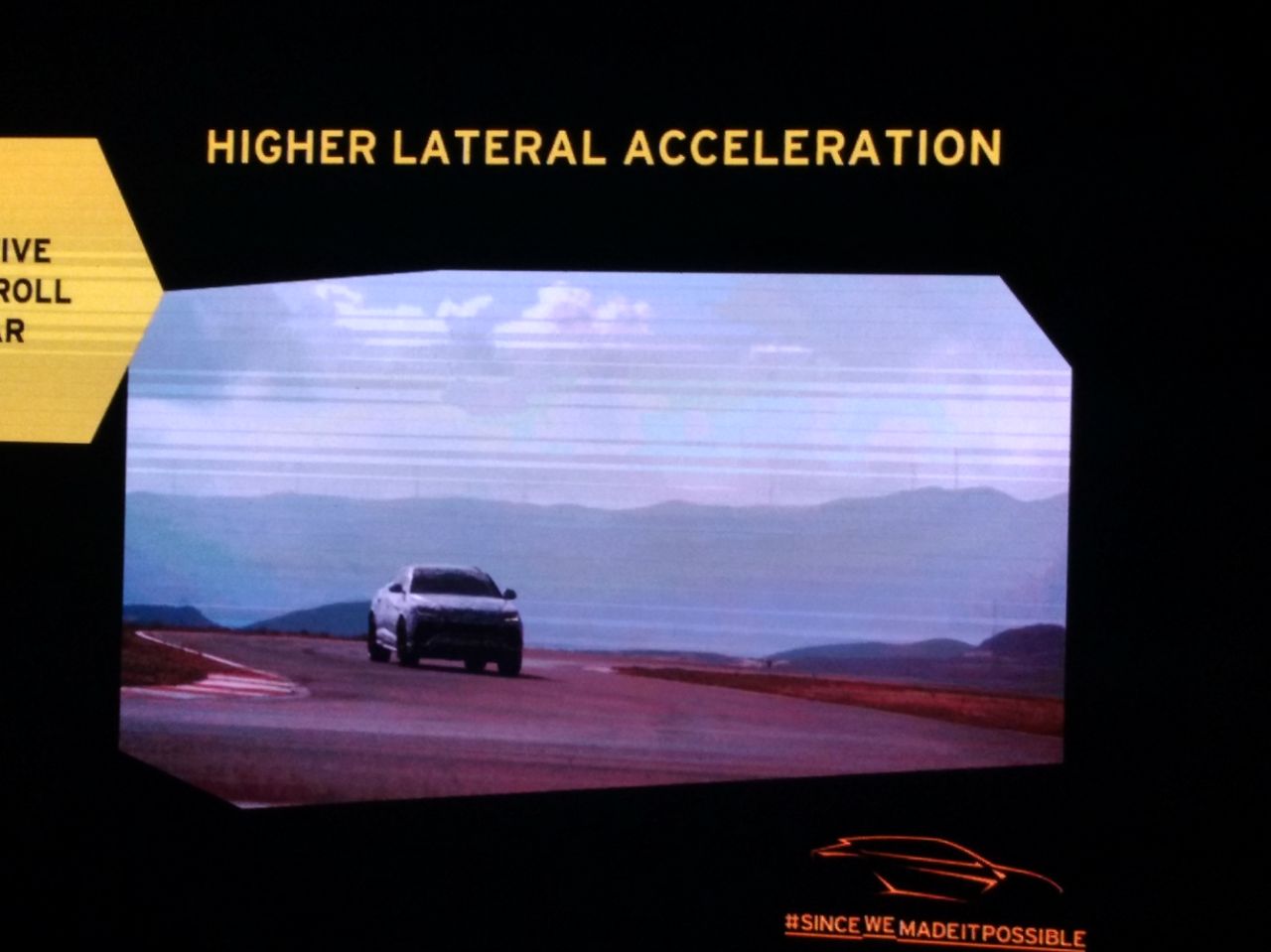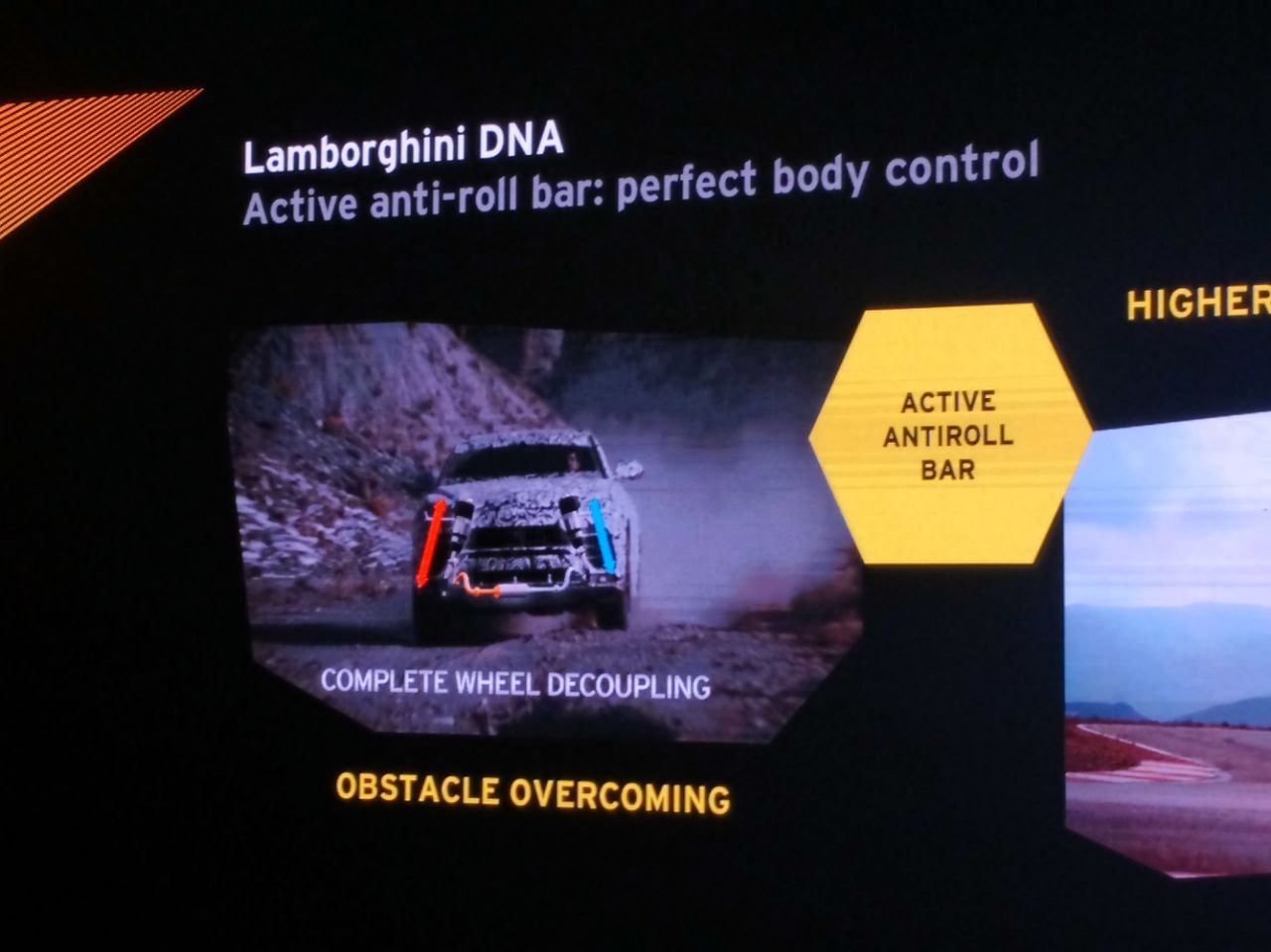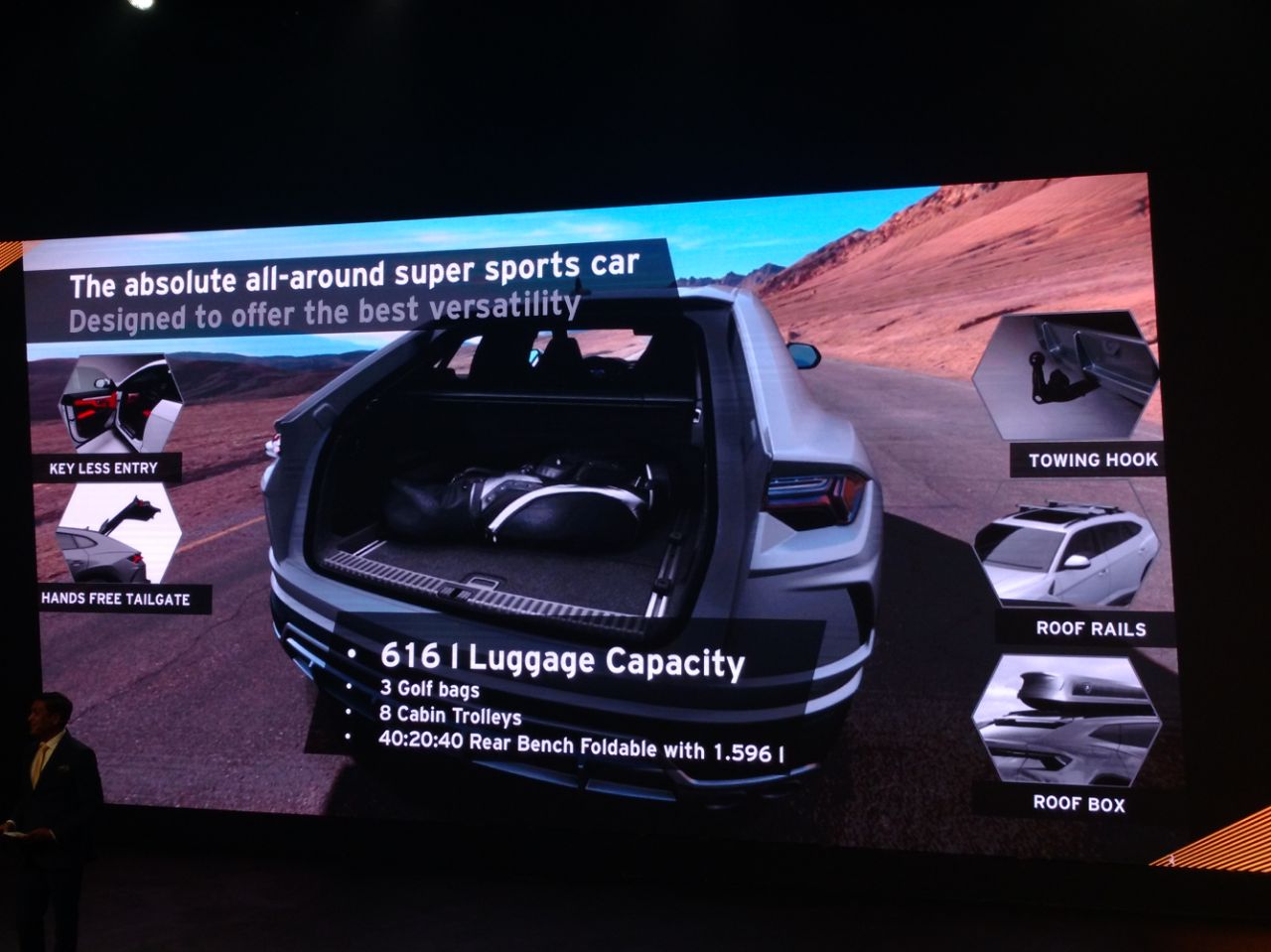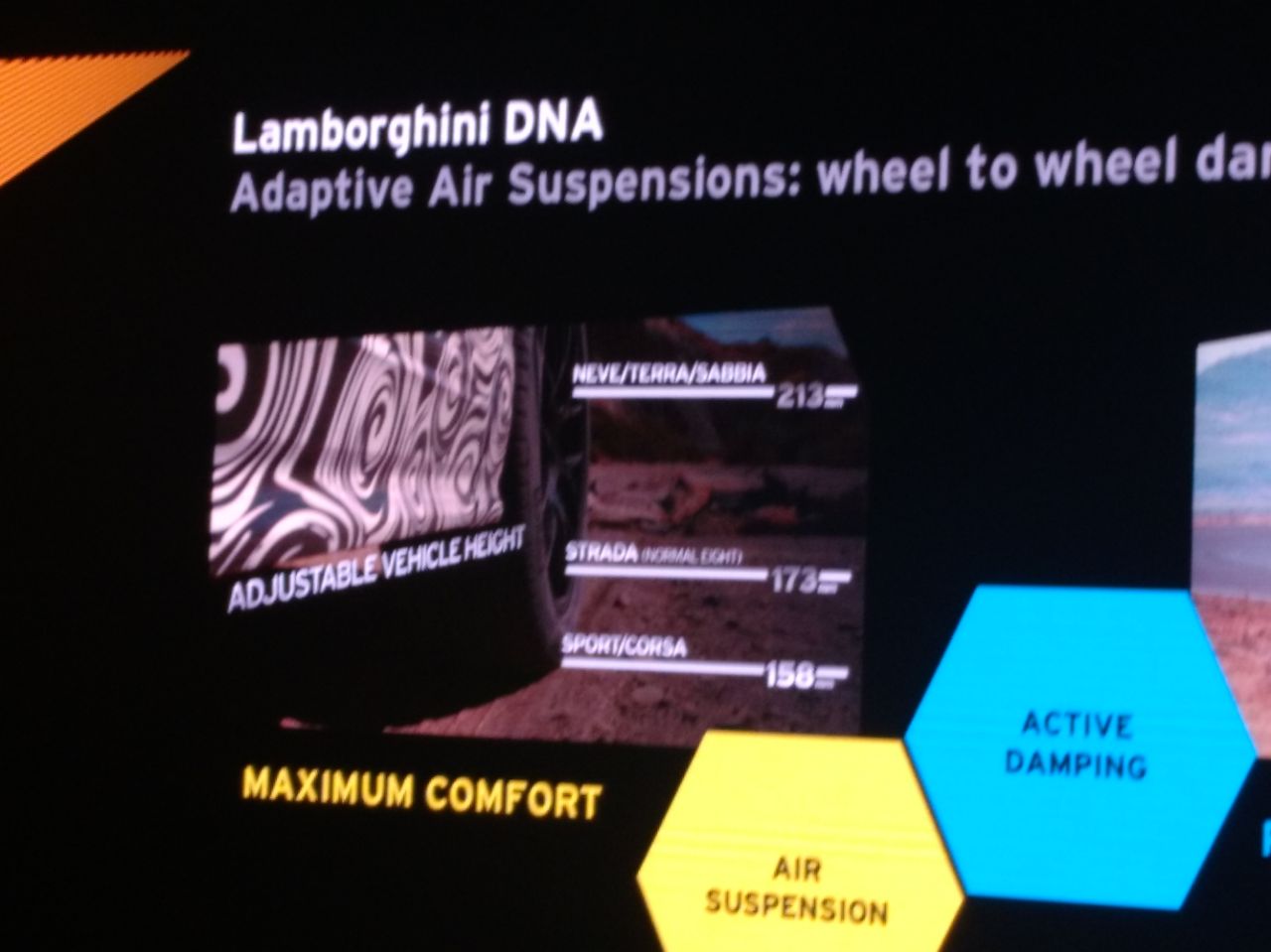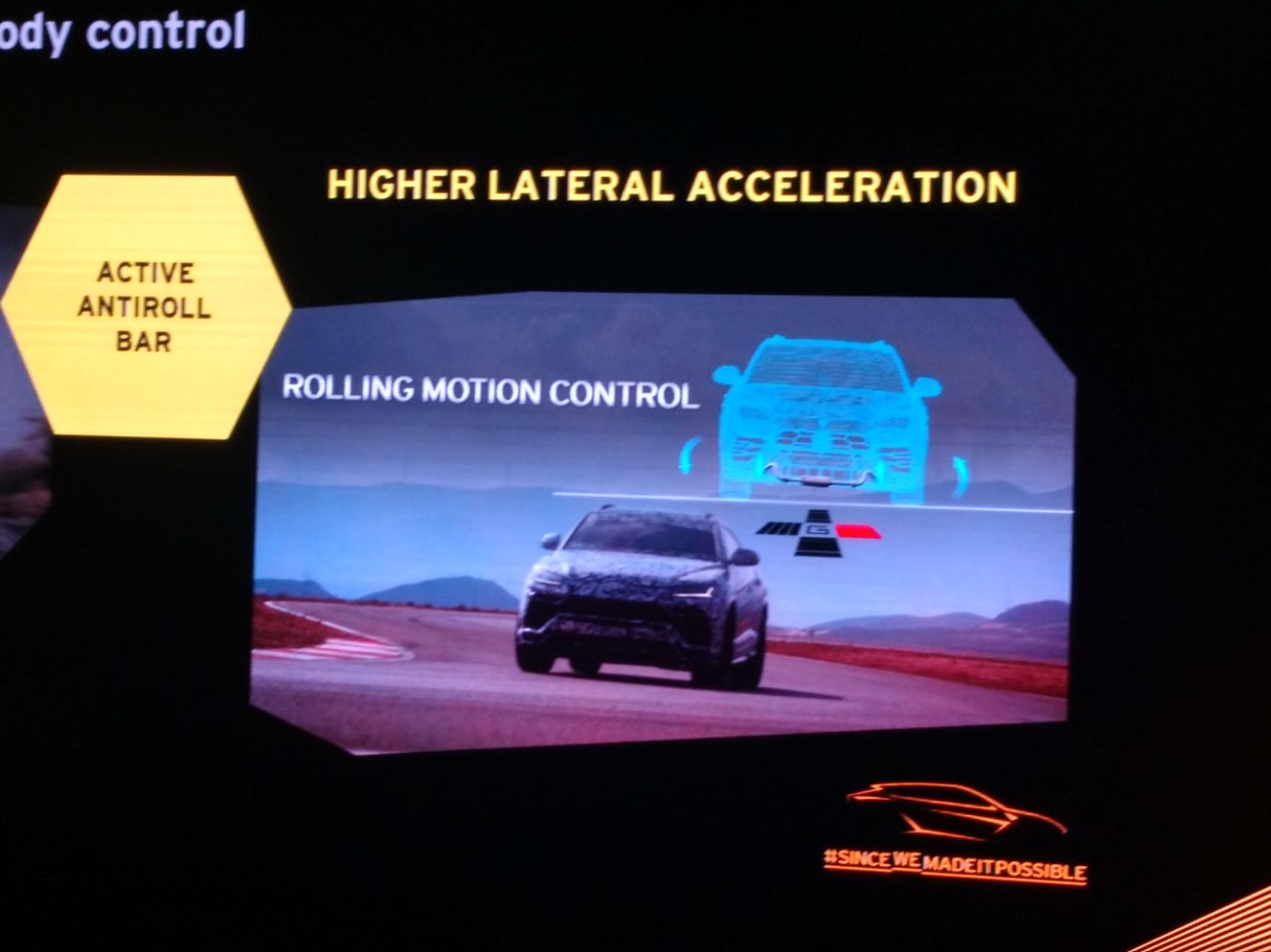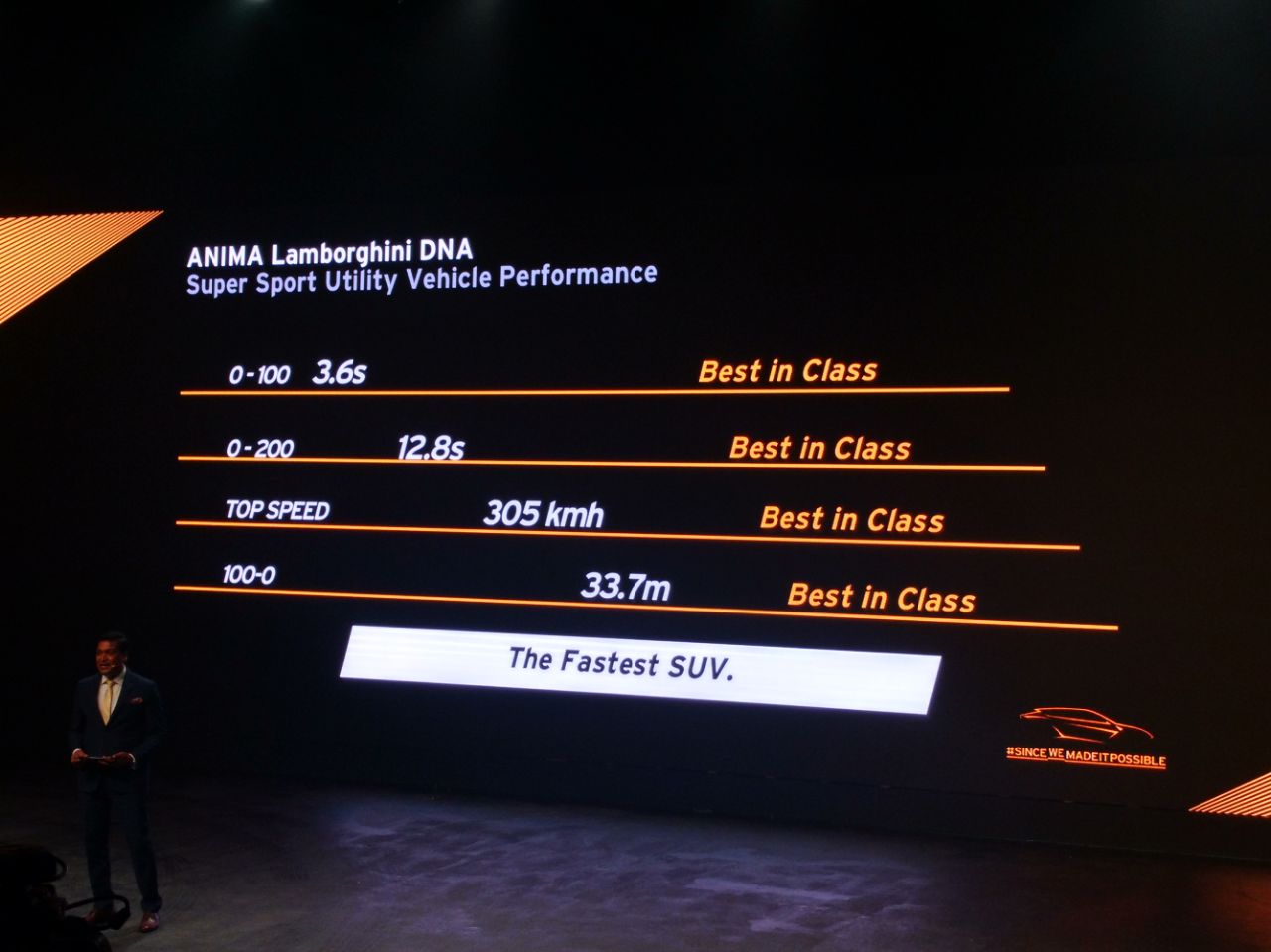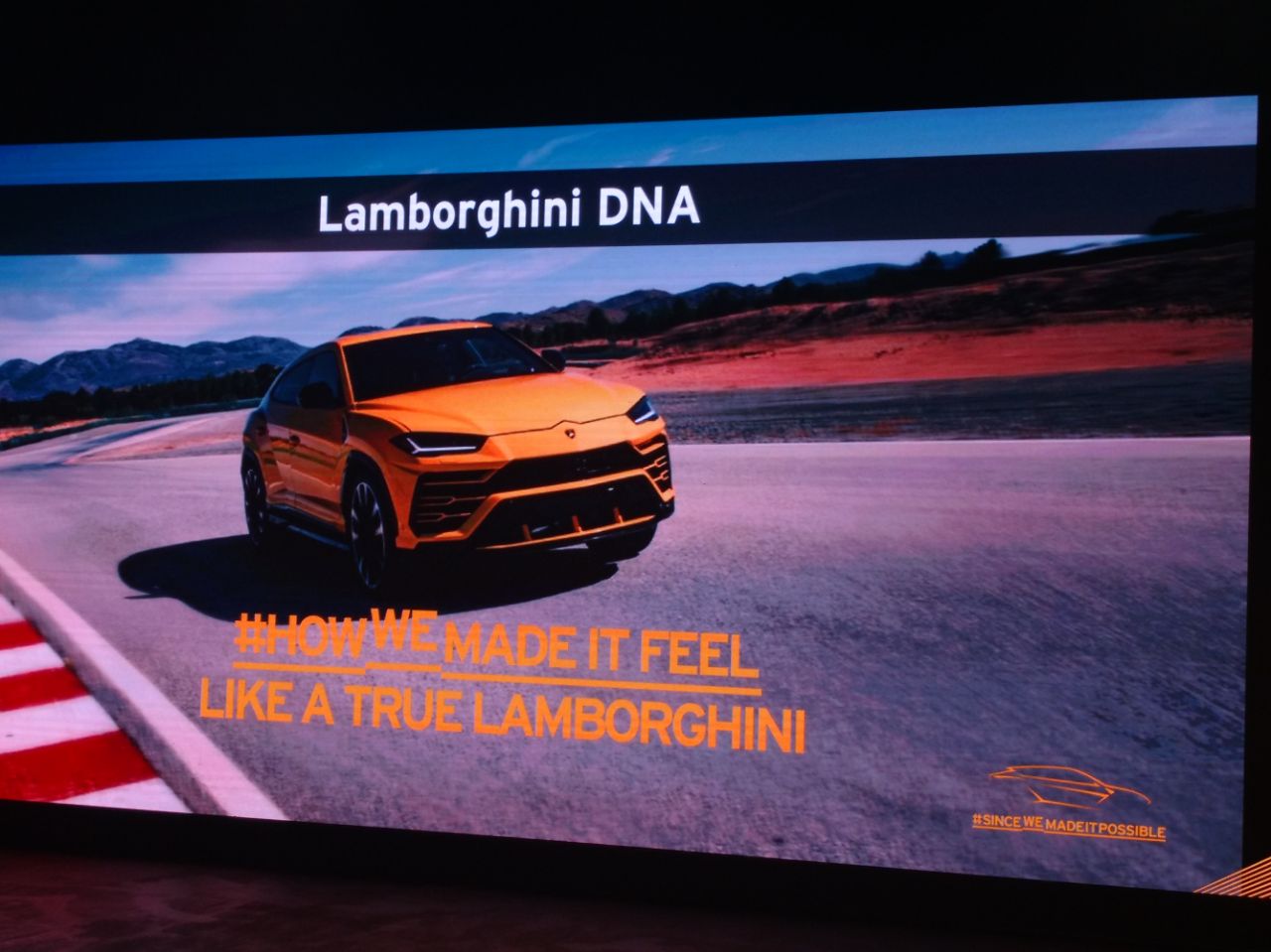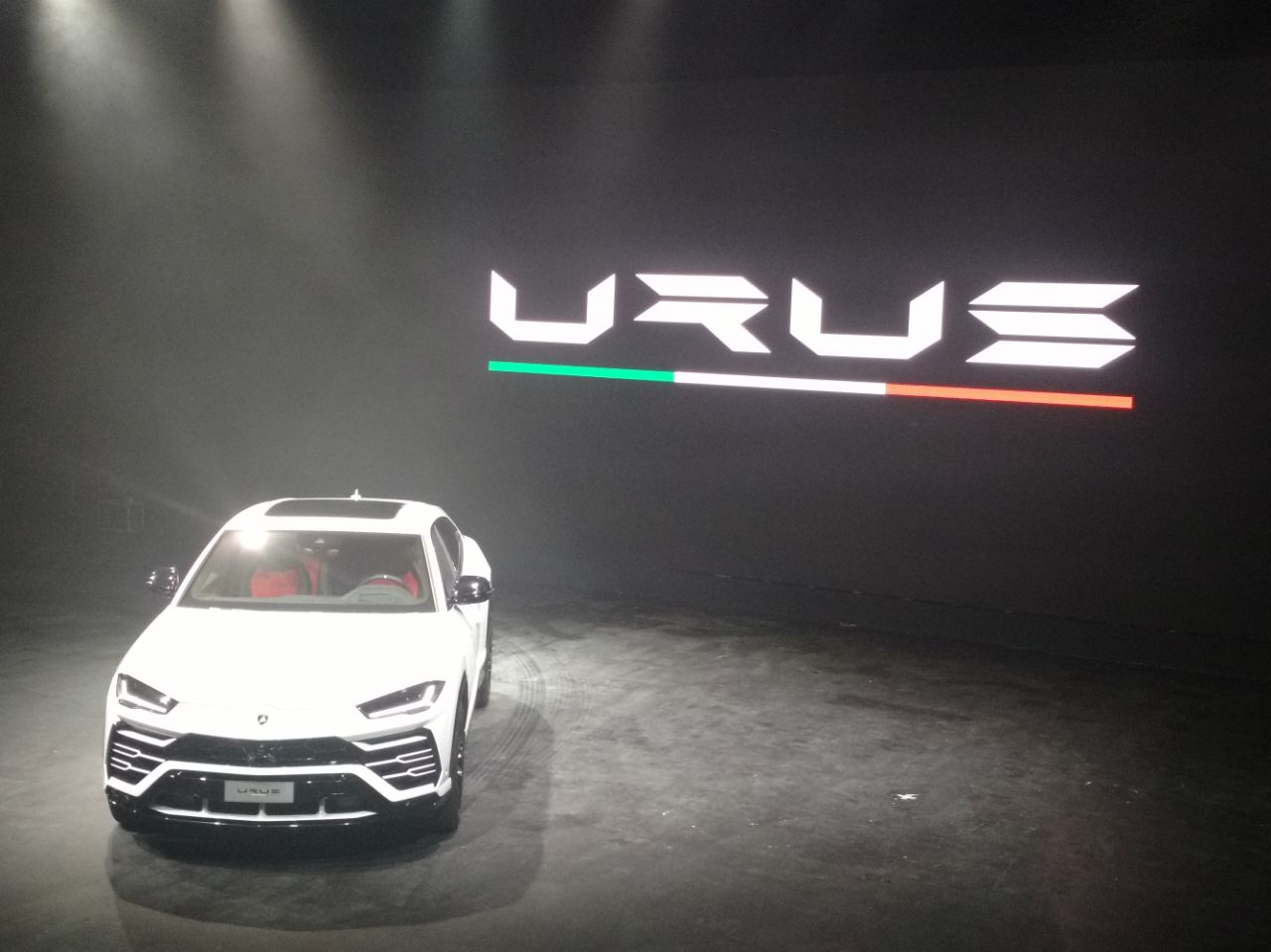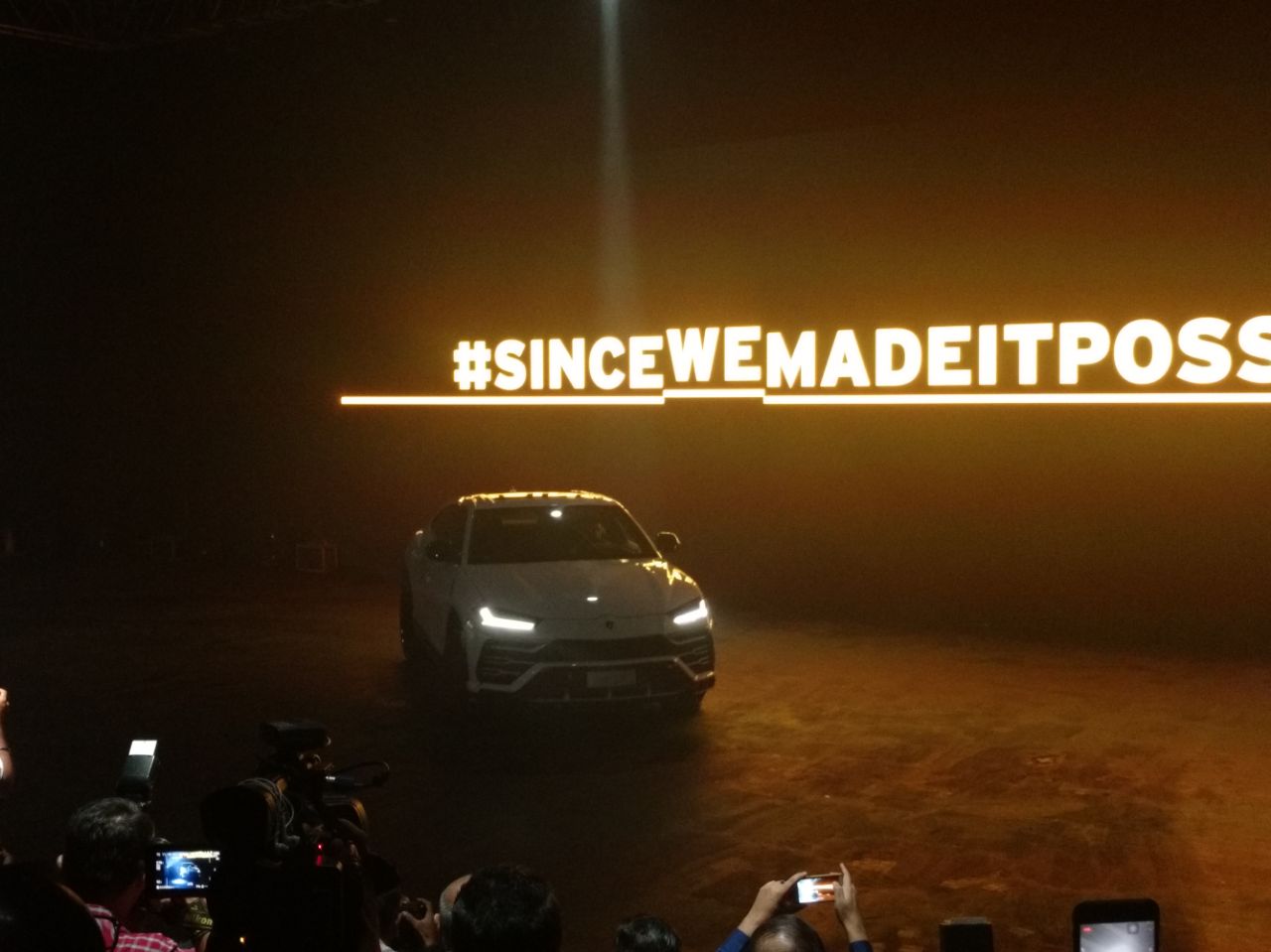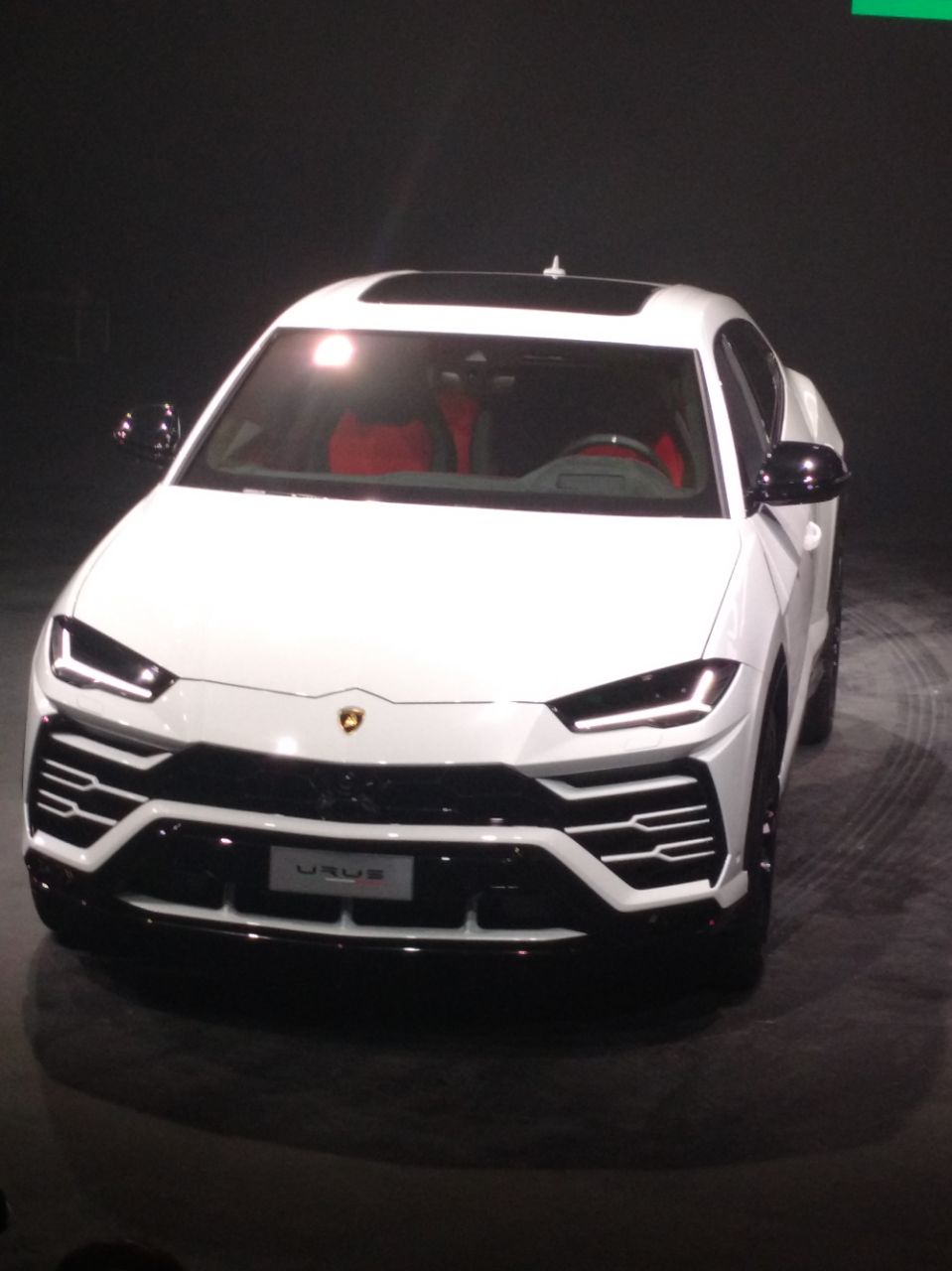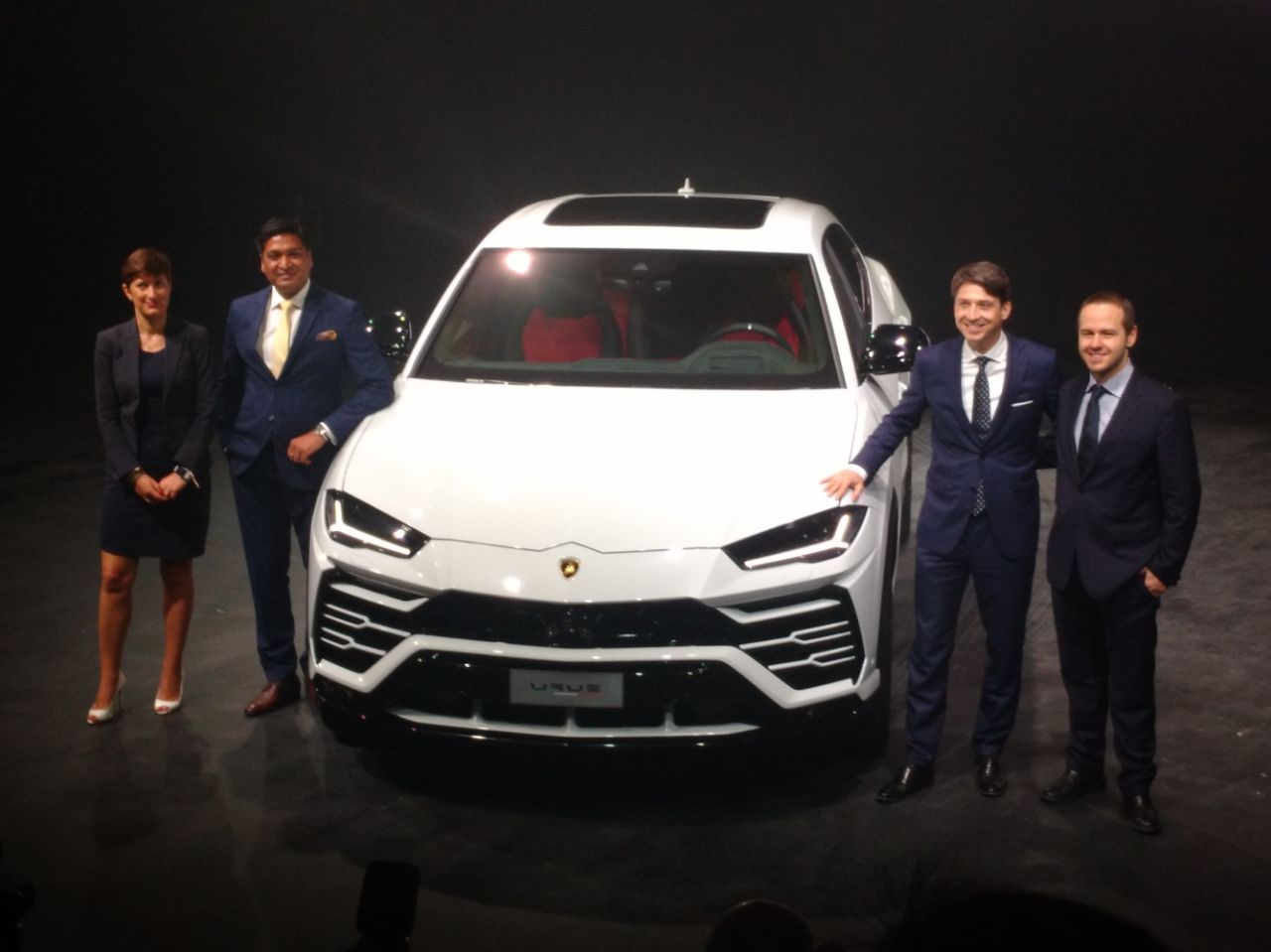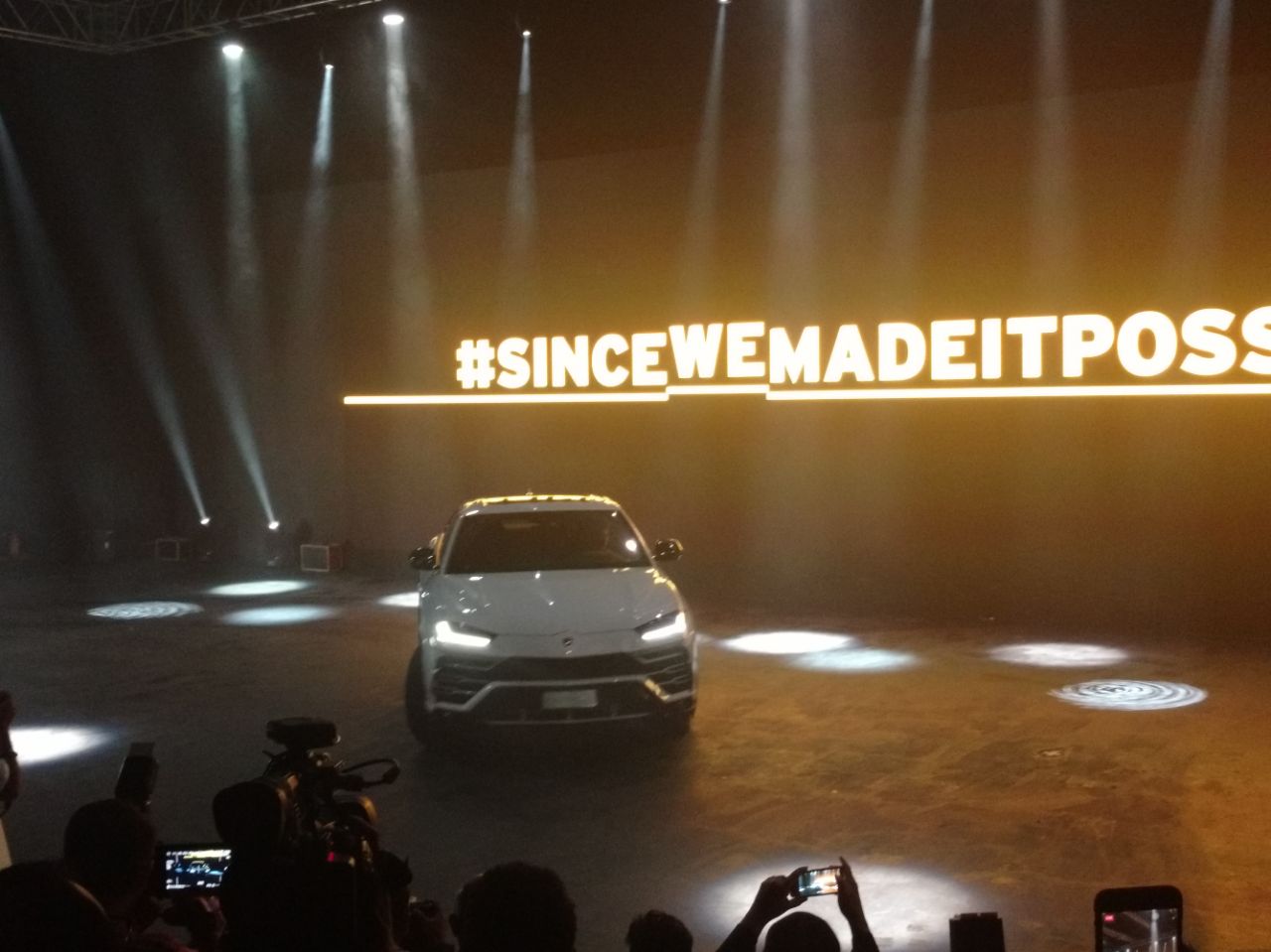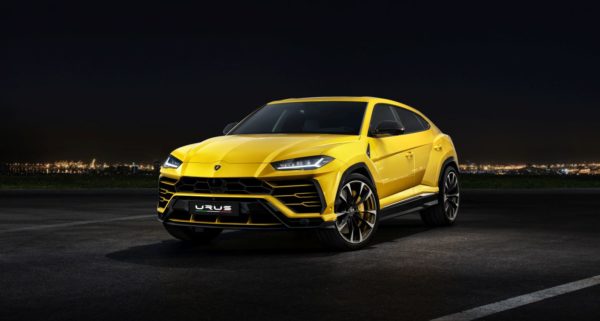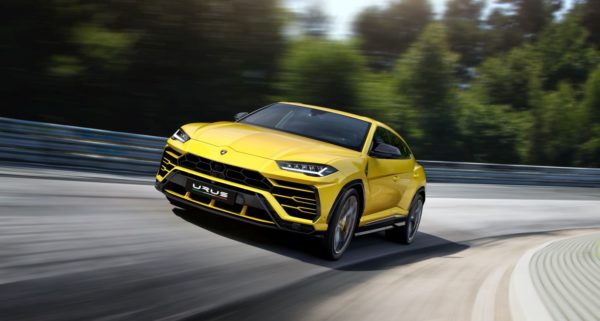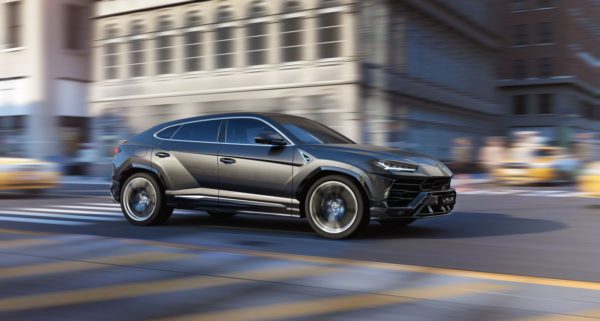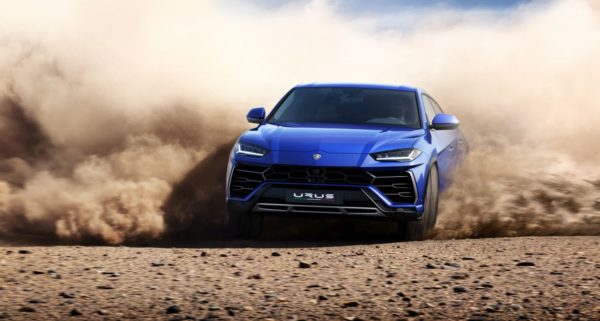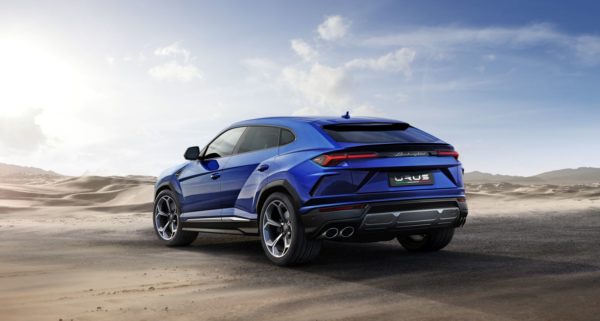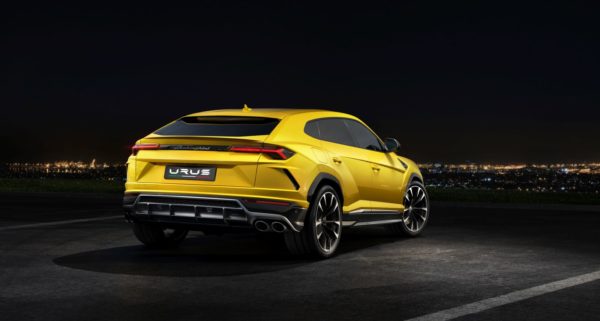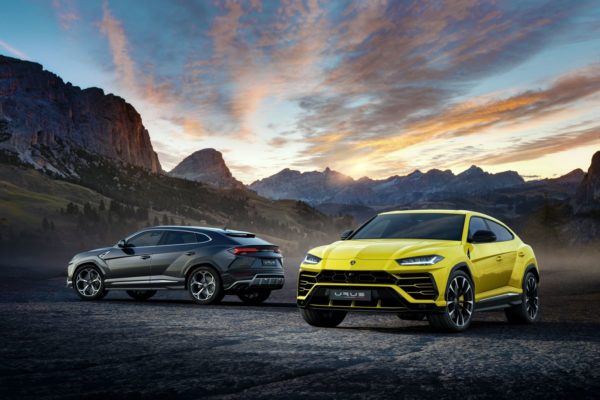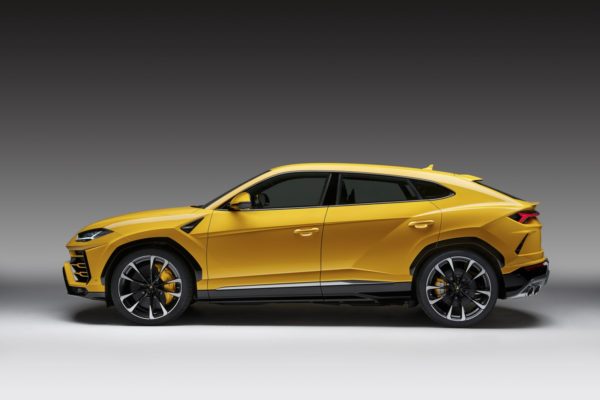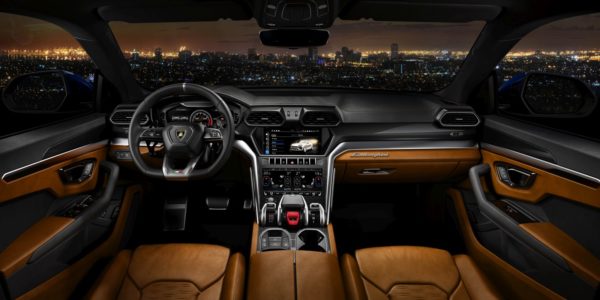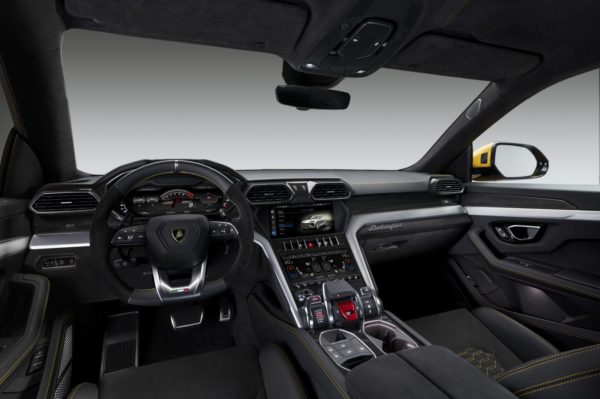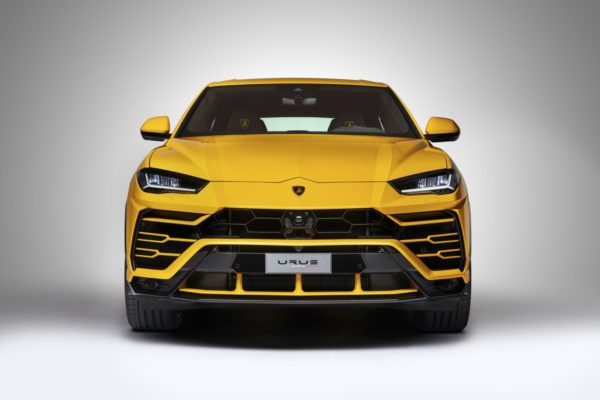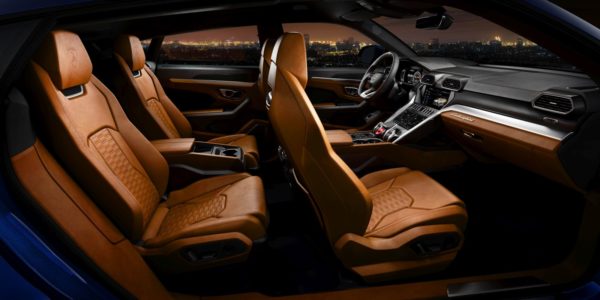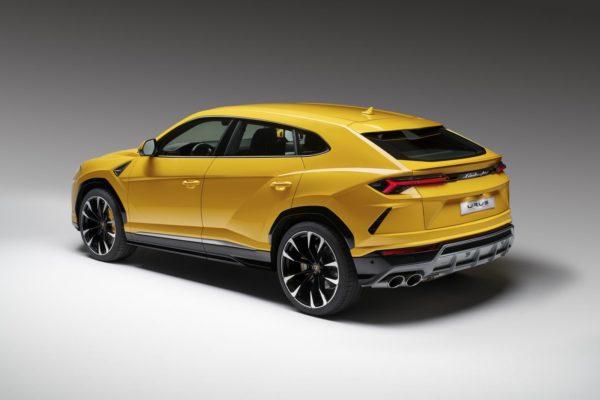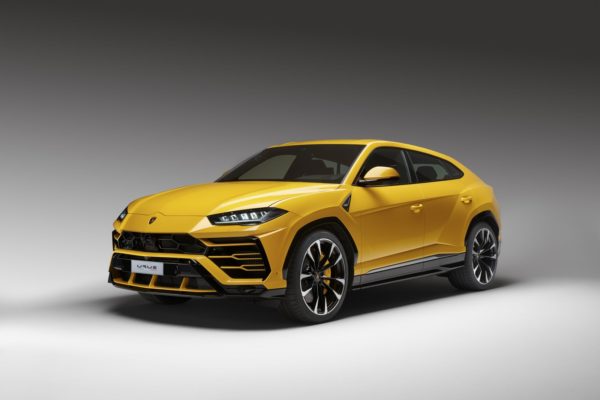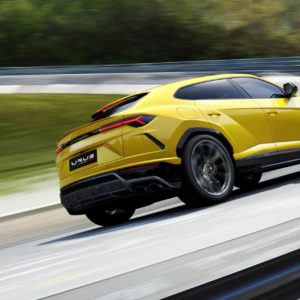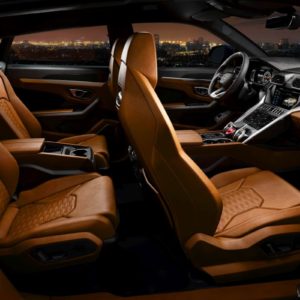Lamborghini India is launching its much awaited URUS SUV in India, and we are covering the event LIVE. The Lamborghini Urus India launch event is taking place in Mumbai, and we’ll be updating the post with the India specific details here. All the features, specs and other details of the car are provided in this detailed post right below the live updates. The Lamborghini Urus has been priced in India at Rs 3 crore ex-showroom Pan India.
The Lamborghini Urus, although 2200 in weight, is claimed to have the best power to weight ratio in the segment.
Lamborghini explains how they made it possible, where the heavy body type of sn SUV was made to perform and feel like a proper, high performance sports car.
The 4.0 litre V* of the Lamborghini Urus delivers 650 PS of power and 850Nm of crazy torque.
Lamborghini wanted the Urus to have practicality and everyday usability as well, along with a supercar like performance. The SSUV, as Lamborghini calls is is meant to offer good space and driving comfort along with all the typical performance oriented characteristics associated with a Lamborghini, as well a striking design.
Sharad Agarwal, Head of Lamboghini India takes the stage, following Andrea Baldi, GM, Lamborghini Asia Pacific
Typical Lamborghini character is apparently uncompromised despite a much heavier and bigger body for the car
All the Features of the Lamborghini Urus are detailed through images and infographics below
As has long been the tradition at Lamborghini, the name Urus is derived from the world of bulls. The Urus, also known as Aurochs, is one of the large, wild ancestors of domestic cattle. The Spanish fighting bull, as bred for the past 500 years, is still very close to the Urus in its appearance.
Its low-line coupé styling and commanding road position belie the very comfortable ride, higher ground clearance, and luxurious space within together with the latest technologies. The Lamborghini Urus has a dual personality: it is multi-dimensional. It can be specified to be as sporty or as elegant as the owner wishes, and can equally be used as a daily luxury drive or provide an exhilarating super sports experience.
The Lamborghini Urus sports a new front-mounted, 4.0 liter petrol V8 twin-turbo aluminum engine. Delivering 650 hp (478 kW) at 6,000 rpm, maximum 6,800 rpm and a maximum torque of 850 Nm at 2,250-4,500 rpm, the Urus has a specific power of 162.7 hp/l. With a curb weight lower than 2,200 kg the Urus is the SUV with the best weight-to-power ratio at 3.38 kg/hp. The engine comes mated to an automatic eight-speed gearbox. The Urus accelerates from 0-100 km/h in 3.6 seconds, 0-200 km/h in 12.8 seconds and reaches a top speed of 305 km/h. Braking is no less impressive: the Urus decelerates from 100 km/h to 0 in 33,7 m.
With a double overhead camshaft and variable valve timing, new cylinder-liner technology reduces weight while ensuring the highest performance from the eight-cylinder engine. Cylinder deactivation reduces fuel consumption for a perfect balance between vehicle performance and efficient engine function.
The Lamborghini Urus’ four-wheel drive system is claimed to deliver safe, highly-responsive driving dynamics on every road and surface, in all weather.
The Urus features active torque vectoring via a rear differential, enabling propulsive power to be instantly distributed to each individual wheel for enhanced traction, depending on the driving mode, driving style and the road grip.
In the driving modes STRADA, TERRA (off-road) and NEVE (snow) torque vectoring reduces understeer for safe and simple driving. In SPORT and CORSA torque vectoring allows the Urus to become more agile with a greater oversteer character: interaction between the four-wheel drive system and ESC manages oversteer to enable a precise and fun drive. In SABBIA (sand) mode, the system is calibrated to guarantee agility and precision on terrains with reduced grip such as on gravel or sand dunes, making it the ideal mode for off-road fun. The Lamborghini Urus also adopts the rear-wheel steering introduced in the Aventador S over the whole speed range.
Depending on the driving mode selected via the Tamburo, the V8 engine has been calibrated to vary the sound and feel of the Urus, from the quietest and most comfortable low-frequency sounds in STRADA mode, to a sportier and more exciting Lamborghini sound and feedback in CORSA.
The Tamburo driving mode selector on the center console controls all dynamic vehicle systems and allows the selection of driving dynamics according to surface conditions or drivers’ preference, via STRADA, SPORT and CORSA as well the additional NEVE (snow) mode. As an option, two further off-road settings are offered: TERRA (off-road) and SABBIA (sand). The electromechanical active roll stabilization system is being used for the first time in a Lamborghini. The adaptive damper concept is automatically adjusted to different driving modes through ANIMA, or can be fully customized by the driver via the EGO mode.
The Urus takes cues from the LM002 as well as the super sports cars that are fundamental to Lamborghini heritage. The SSUV adopts the two-thirds body, one-third window ratio of Lamborghini super sports cars. The Urus is a Lamborghini with luxurious space for up to five occupants.
The imposing front of the Urus clearly identifies the location of the front-engined power plant within the peaked mound of the bonnet, reminiscent of the Miura and Aventador, and accented by diagonal hood lines, found for the first time on the Countach. The low front is underlined by the substantial front fender. Large air intakes sporting the hexagonal theme are linked by a low-level front spoiler. The front lights are sleek, slim and very sporty, set in a horizontal position and with LED headlights in the familiar Lamborghini Y shape.
Its distinctive single-line silhouette features a dynamic coupé-style fly line, accented by the frameless doors. The powerful character line lips upwards around the rear glass windows, dynamically connecting front and rear and emphasizing the cohesive design impression of creation from a single piece. The Y-shaped front air intakes, also a feature of the LM002, are detailed with the Italian flag: the Urus is born and made in Italy.
The low roofline and position of the frameless windows allude to the seating position of driver and passengers low within the car. The sharply-inclined windshield and strongly-angled rear windows with glass-on-glass replacing the C-pillar, are emotive of Lamborghini models including the Huracán and accent the Urus’ super sports silhouette. The hexagonal wheel arches at both front and rear are a significant design detail from the LM002 and Countach, housing wheels from 21″ to 23″: the largest in the segment.
At the rear, the roof line broadens at the base of the roof panel in the style of Lamborghini models including the Countach and Murciélago. The substantial rear shoulders support the strongly inclined rear windows, with the entire rear connected by the fender and concurrent black panel housing the air grilles, Lamborghini logo and the Y-shaped taillights. The rear diffuser is inspired by Lamborghini race cars, with integrated double round exhaust pipes.
When viewed from above, the Urus’ pronounced front and rear fenders are set off by the slimmer middle of the car. The rear door lines incorporate both concave and convex lines, giving the Urus its pinched waist before dynamic expansion out to its broad, muscular rear.
At a curb weight of less than 2,200 kg, Lamborghini’s team of designers and R&D engineers focused on weight reduction throughout the car’s chassis. The chassis is a blend of aluminum and steel, with frameless aluminum doors, torsional beams replacing a C-pillar, and cross-members in aluminum contributing to the lightweight Urus, as does the chassis floor in a high-strength steel material. Seats are designed and constructed for lightweight comfort and rims are in forged aluminum.
The Urus’ braking system is commensurate with its super sports car performance. Carbon Ceramic Brakes (CCB) as standard, are the largest and most powerful available, measuring 440 x 40 mm at the front and 370 x 30 mm at the rear. Wheel options range from 21″ to 23″, fitted with a range of summer, winter, all-season, all-terrain and sport tires, all especially developed by Pirelli for the Lamborghini Urus and with widths varying between front and rear to enhance stability and sportive driving behavior.
The interior’s design and finish echoes that of the exterior in terms of unmistakable Lamborghini design, colorways and individuality. The driver and passengers are all afforded a low but extremely comfortable super sports car seat position, firmly integrated within the cabin and for the driver, every cockpit control within easy reach. Oriented around the driver, the slim Y design of the dashboard, like double silver wings and connected to the climbing center console, is inspired by the LM002 as well as by current Lamborghini super sports cars.
The Lamborghini hexagonal theme echoes throughout the interior, in elements such as air vents and door handles, and even in items such as the cup holders and air bag modules. A multi-function, three-spoke steering wheel incorporates a vibration damper to enhance comfort in all driving conditions. Multifunction switches are intuitively located on the steering wheel to control the Lamborghini Infotainment System (LIS), including car set-up, media, telephone and navigation.
A fully-digital TFT display shows the Urus’ main information in an animated 3D representation and is customizable by the driver.
The standard front DNA memory sport seats are fully electric, heated and 12-way adjustable. More luxurious, 18-way fully-electric front seats are available as an option, including features such as ventilation and massage. The rear bench seat as standard comes with a movable and folding seat back and ISOFIX fixings. The rear bench seat can be lowered to substantially extend the trunk space from 616 liters to 1,596 liters. As an option in conjunction with the fully-electric front seats, a more exclusive two-seat rear layout can be specified providing exceptional rear passenger comfort while reflecting the Urus’ sporty character.
Internally, the Urus is specified with a Unicolor leather and trim in either Nero Ade or Grigio Octans and five additional optional colors. Dual-color Bicolor Elegante and Bicolor Sportivo specifications with options of both leather and Alcantara are also available. Stitching options and complementary seat belt, floor mat and carpet colors allow clients to customize their Urus in a more sporty or elegant style as required. The dashboard trim is finished in Piano Black and Brushed Aluminum as standard. Optional finishes are offered in Open Pore wood including a combination with aluminum, and a carbon fiber alternative.
An optional Off-Road Package incorporating the TERRA and SABBIA driving modes, includes specific metal-reinforced bumpers and additional underfloor protection for off-roading in snow, forest or even dune surfing.
Included as standard is an Lamborghini Infotainment System III (LIS) touchscreen infotainment display across two screens, perfectly integrated within the Urus’ interior above the center ‘Tamburo’. The upper screen is the key interface for entertainment, managing functions such as media, navigation, telephone and car status information. The lower screen provides a keyboard and hand-writing-compatible screen for inputting information and controlling functions such as climate control and seat heating.
The LIS III integrates innovative connected voice control, able to recognize natural-dialogue voice commands to manage functions such as music, telephone calls or send text messages. Included as standard is a phone holder compartment with wireless charging and voice control; a personal memory profile, USB connections, Bluetooth media streaming, DVD player and a sound system. Other optional features include a TV tuner, DAB and CI card reader, head-up display, a Lamborghini smartphone interface and a smart display for rear seat entertainment. Lamborghini Connect is also offered.
The Lamborghini Smartphone Interface (LSI) allows fully integrated connection of iOS (Apple) and Android (Google) smartphones, supporting the Apple CarPlay TM, Android Auto (90% smartphone market coverage) and Baidu-Carlife (China) as standard.
A sound system featuring eight speakers, driven by four channels comes as standard. A high-end Bang & Olufsen Sound System with 3D sound and 1,700 watt output can be specified, with 21 fully active speakers. Produced through close collaboration between Lamborghini, Fraunhofer IIS, and HARMAN, the system creates an immersive, natural 3D sound experience for all Urus occupants, front and rear.
The Lamborghini Urus ADAS systems provide a comprehensive level of safety, security and driving assistance on level 2 (SAE scale). A High Beam Assistant automatically fades headlights in and out of high beam mode as required; front and rear parking sensors and cruise control are also included as standard, as is an innovative PreCognition system preventing or mitigating collision. Optional ADAS systems include traffic management systems, top-view camera and a trailer coupling mode.
The Lamborghini Urus features keyless start via the push ‘Start’ button on the center console, as long as the key is present. Access to the Urus is also granted by touching sensor panels in the doors and tailgate. Personalization settings allow the car to be configured to suit different drivers and to switch easily between up to seven different programmable profiles including seat preferences and EGO driving mode styles, and even Infotainment presetting.
The rear tailgate is electrically operated via a switch on the driver’s door, a button on the key or a manual button on the tailgate itself. An optional ‘virtual pedal’ allows the tailgate to be opened by a kick movement. The tailgate opening angle can be customized by the driver. Easyload Assist, standard on the Urus, allows the height at the rear of the Urus to be lowered for easy loading.
| CHASSIS AND BODY | |||
| Body and frame | Integral lightweight body in aluminum composite design | ||
| Suspension geometry | Multi-link front and rear | ||
| Suspension type | Adaptive air suspension with electromechanical active roll stabilization | ||
| Brake system | Front and rear CCB | ||
| Calipers | Front aluminum 10 piston brake calipers: 21″ with radial fixing and pistons with phenolic insertRear cast iron floating 6 piston brake calipers: 19″ with integrated electric parking brake |
||
| Discs (front – rear) | Carbon ceramic discs (Ø 440 x 40 mm – Ø 370 x 30 mm) |
||
| Steering | Steering gear with different servotronic characteristics and Lamborghini Rear-wheel Steering (LRS), managed by the Tamburo drive modes | ||
| Steering wheel ratio | 13.3:1 | ||
| Steering wheel turns lock to lock |
2.29 | ||
| Steering wheel diameter | 376 mm | ||
| Tires (range) | Pirelli P Zero, Front: 285/45 R21 up to 285/35 R23 Rear: 315/40 R21 up to 325/30 R23 |
||
| Wheels (range) | Front: 9,5Jx21″ up to 10Jx23″ Rear: 10,5Jx21″ up to 11,5Jx23″ |
||
| Kerb-to-kerb turning circle | 11.8 m – average value, variable due to dynamic condition, thanks to Lamborghini RWS | ||
| Airbags | Up to 8 Airbags | ||
| ENGINE | |||
| Type | Petrol V8, 90° | ||
| Displacement | 3.996 ccm | ||
| Valve per cylinder | 4 | ||
| Valve timing | Intake and exhaust camshaft adjusted continuously | ||
| Turbocharger | Bi-turbo twin-scroll | ||
| Maximum power | 650 hp (478 kW) at 6,000 rpm | ||
| Specific power output | 162.7 hp/l | ||
| Maximum torque | 850 Nm at 2,250-4,500 rpm | ||
| Maximum rpm | 6,800 rpm | ||
| DRIVETRAIN | |||
| Type of transmission | 4WD with integrated front differential, central differential (Torsen) and active torque vectoring rear differential |
||
| Gearbox | 8-speed automatic gearbox, characteristic depending on drive mode | ||
| PERFORMANCE | |||
| Top speed | 305 km/h | ||
| Acceleration 0-100 km/h [0-62 mph] |
3.6 sec. | ||
| Acceleration 0-200 km/h [0-124 mph] |
12.8 sec. | ||
| Braking 100-0 km/h [62-0 mph] |
33,7 m | ||
| DIMENSIONS AND WEIGHT | |||
| Wheelbase | 3,003 mm | ||
| Overall length | 5,112 mm | ||
| Overall width (excluding mirrors) |
2,016 mm | ||
| Overall height | 1,638 mm | ||
| Track (front – rear) | 1,695 mm – 1,710 mm | ||
| Ground clearance | 158 mm – 248 mm (adjustable via air suspension) | ||
| Curb weight | < 2,200 kg | ||
| Weight-to-power ratio | 3.38 kg/hp | ||
| CAPACITIES | |||
| Fuel tank | 85 liters (75 liters US Market) | ||
| Luggage compartment | 616 liters – 1,596 liters | ||
| CONSUMPTION* | |||
| Combined cycle | 12,7 l/100 km | ||
| CO2 emissions | 290 g/km | ||
| * In accordance with Reg. EU 715/2007 |
|||

